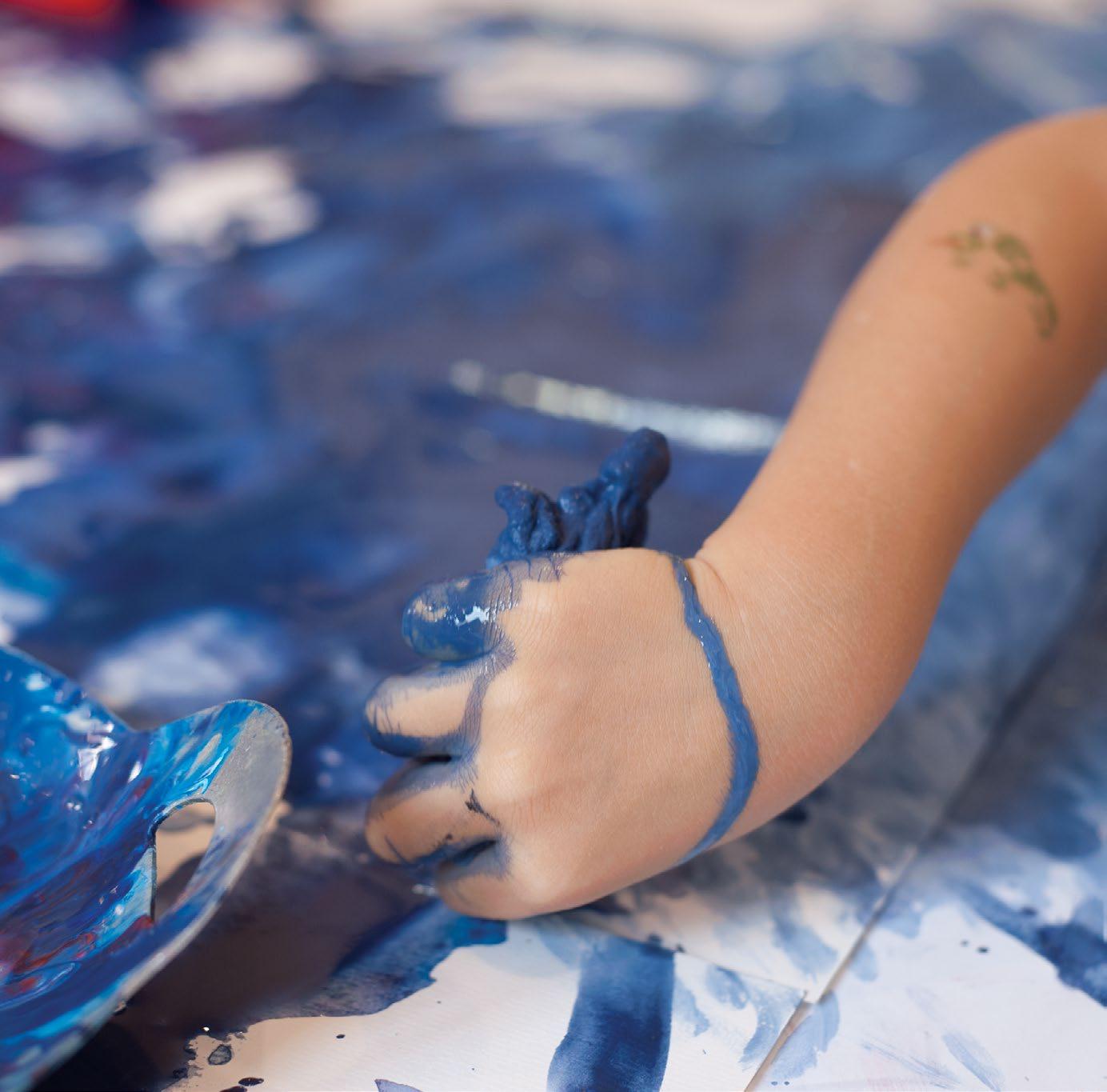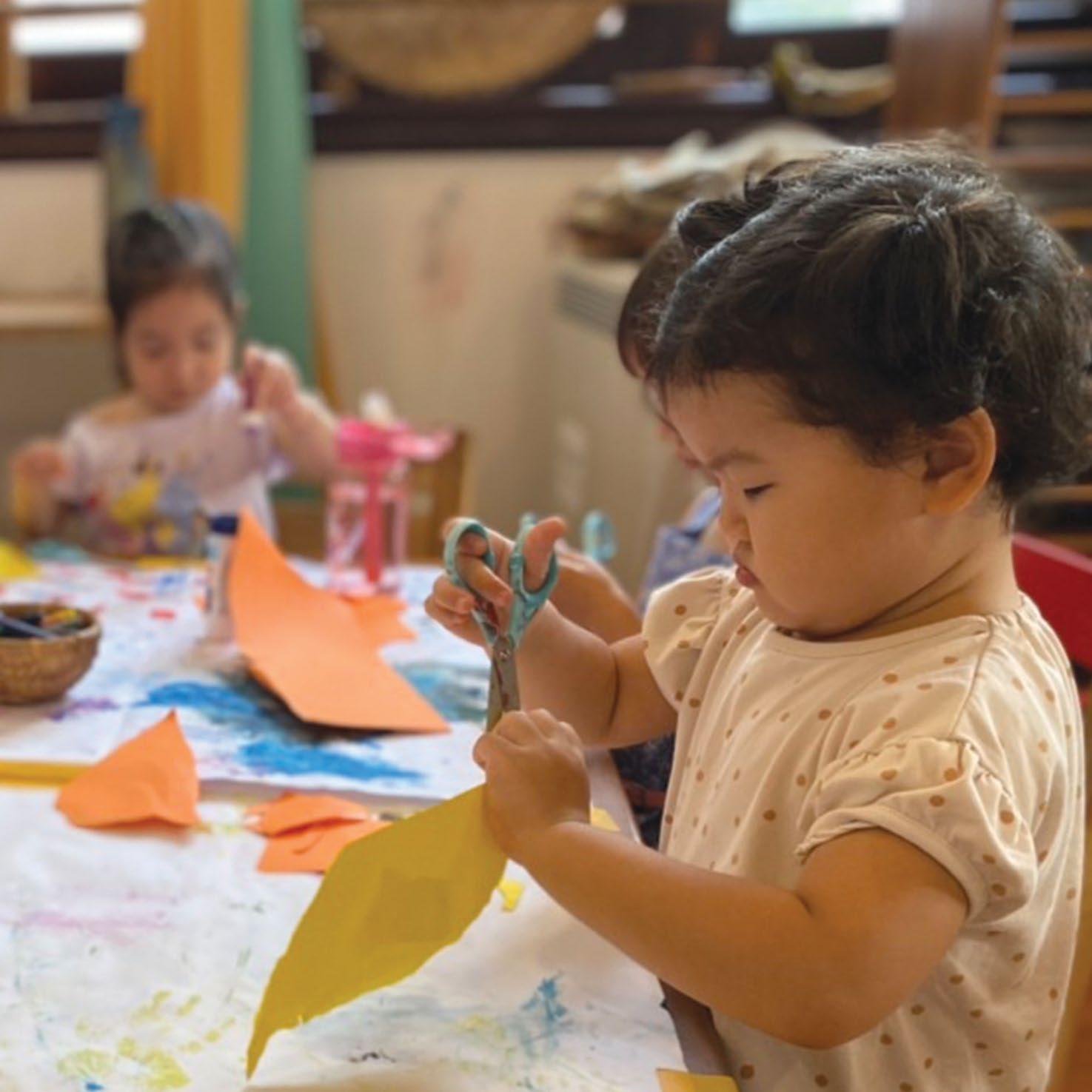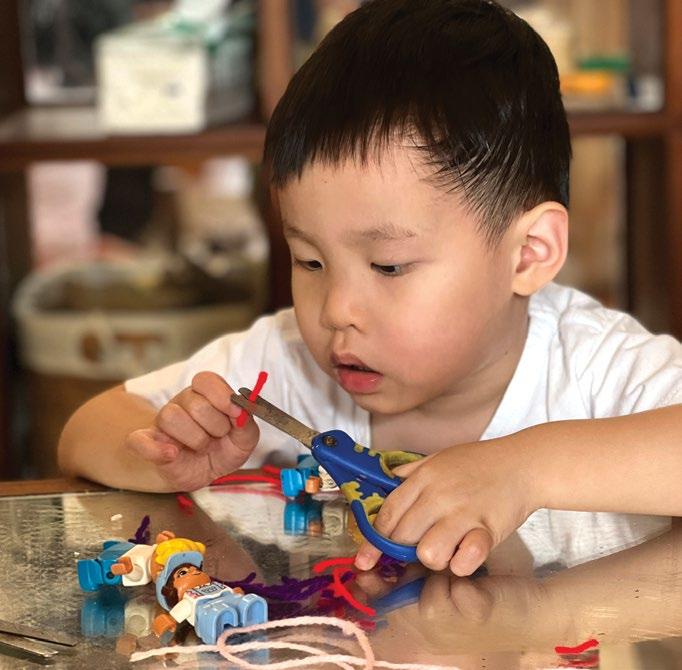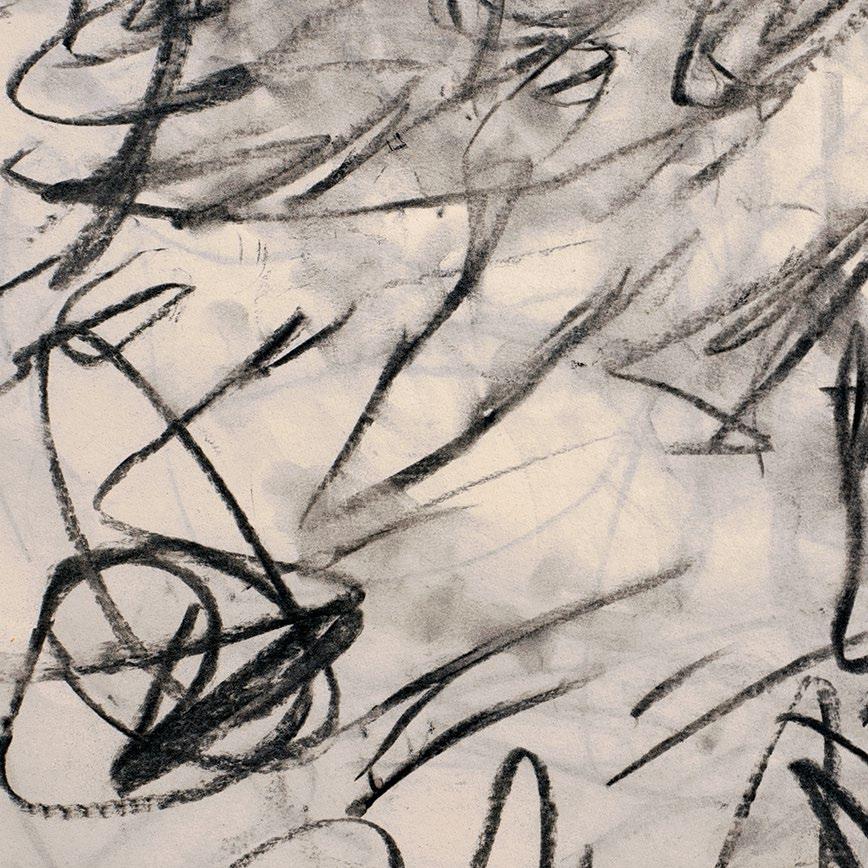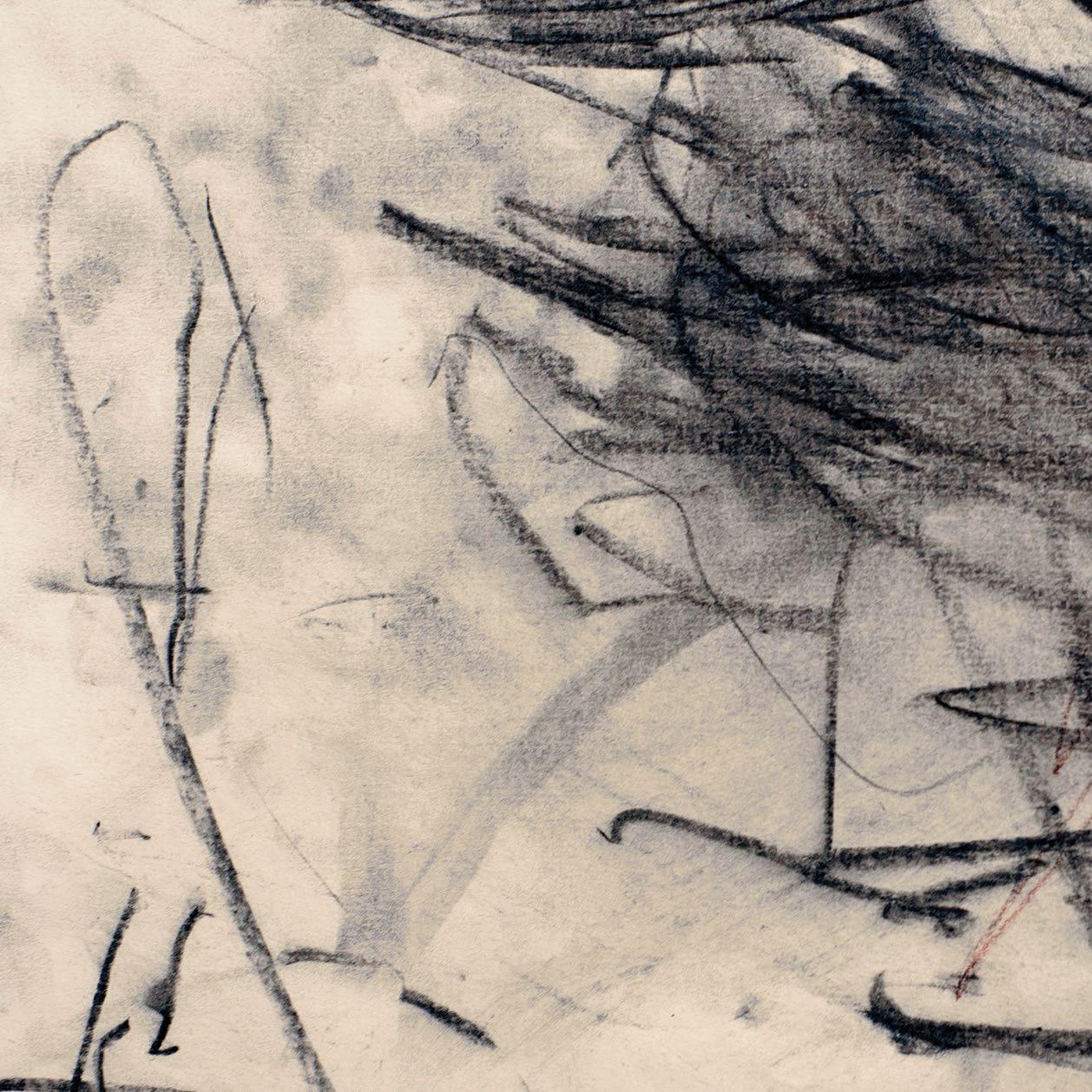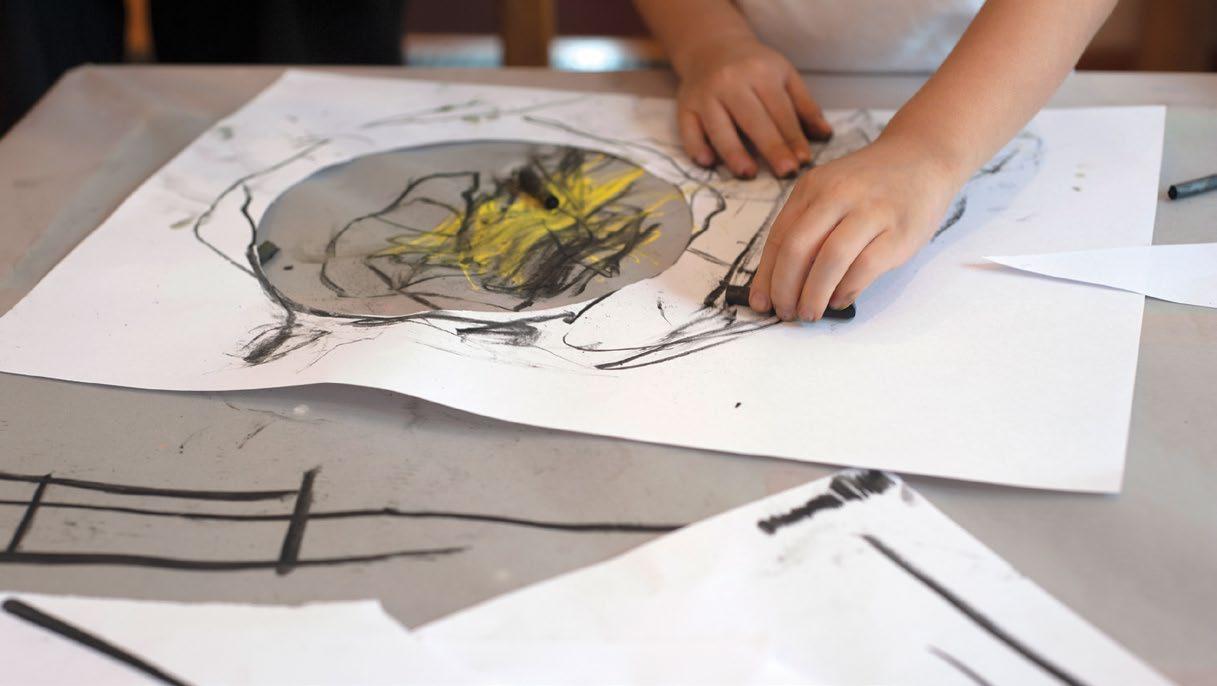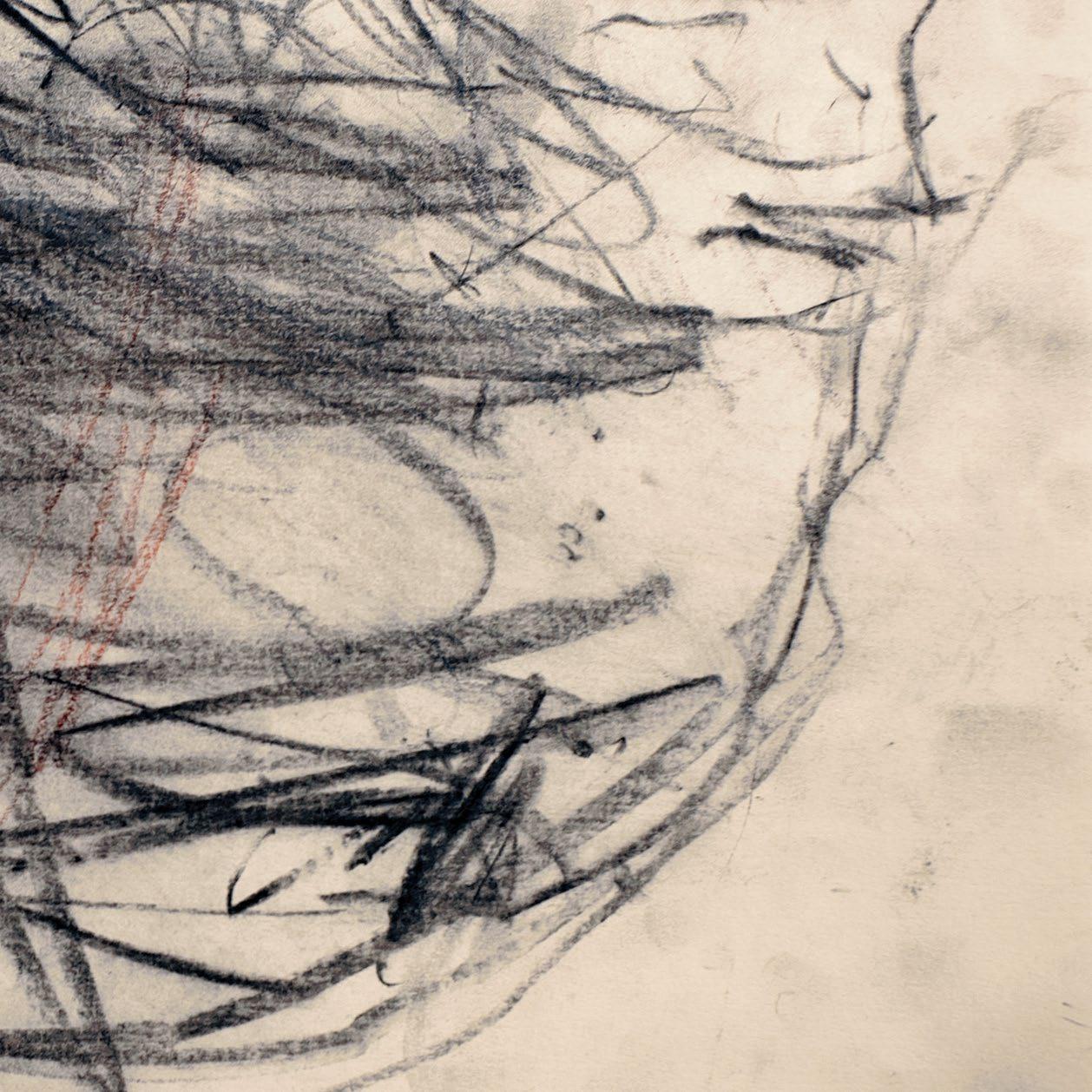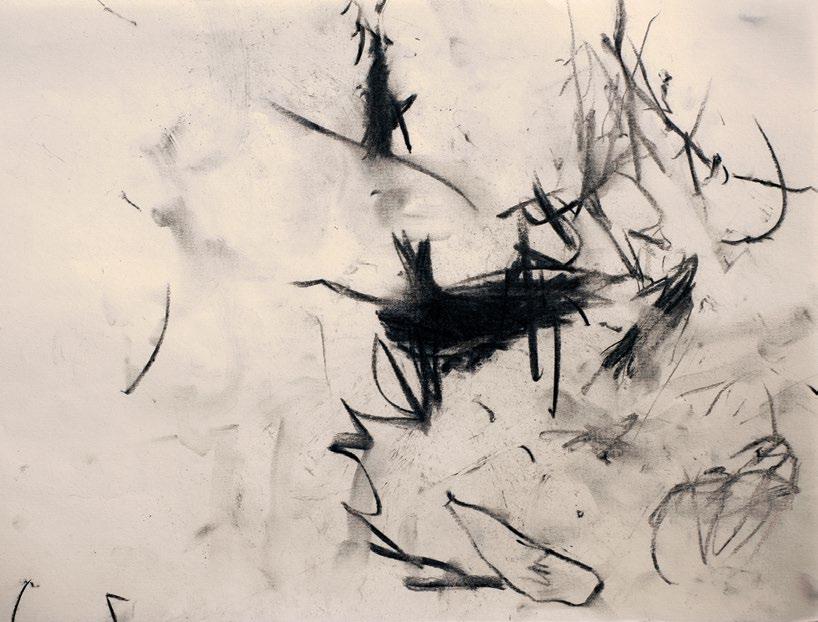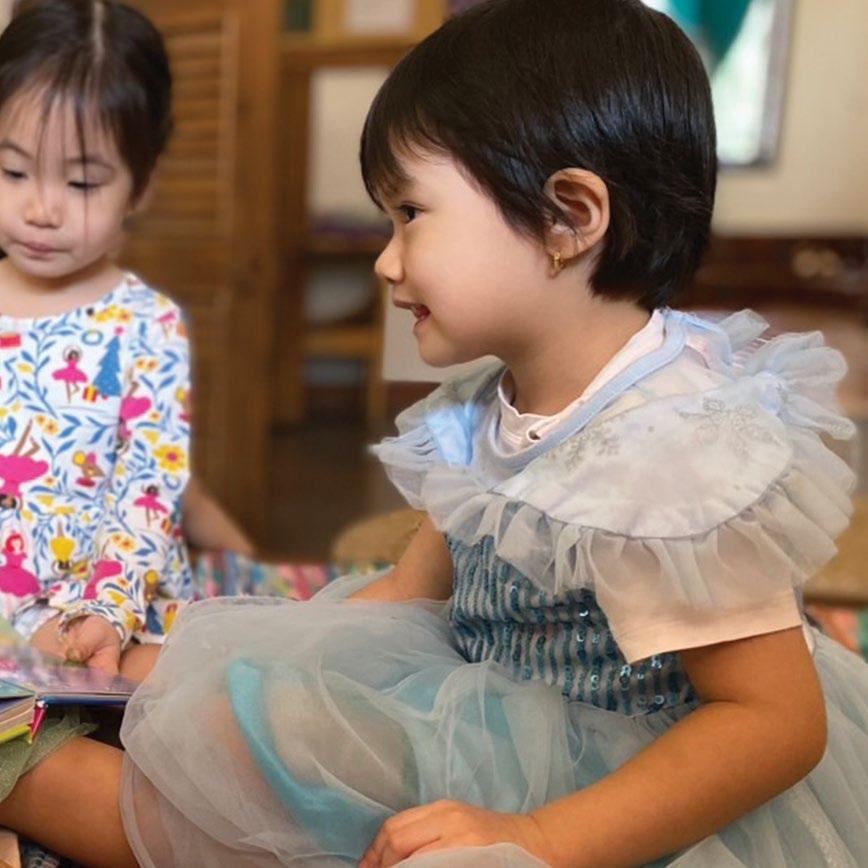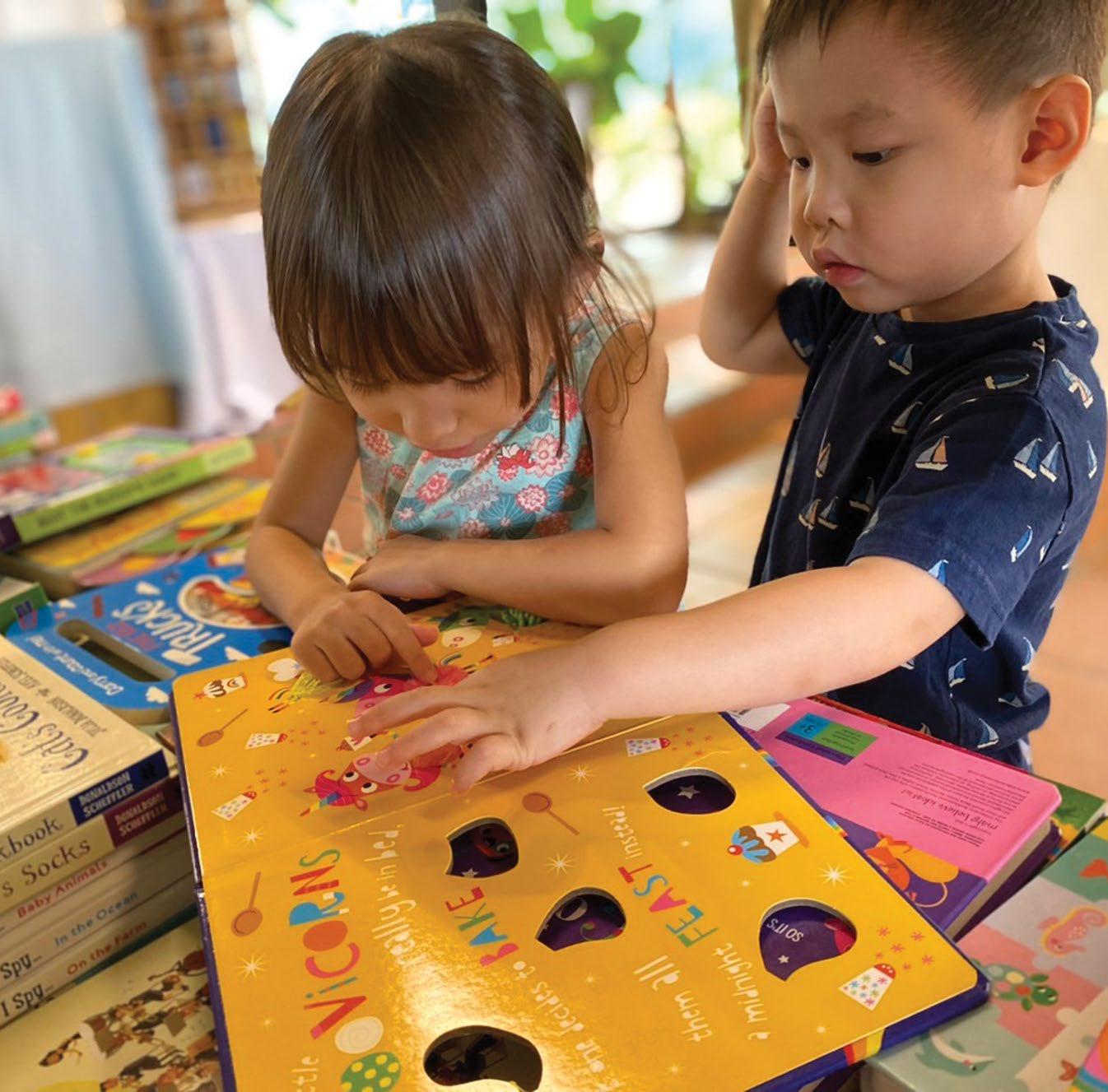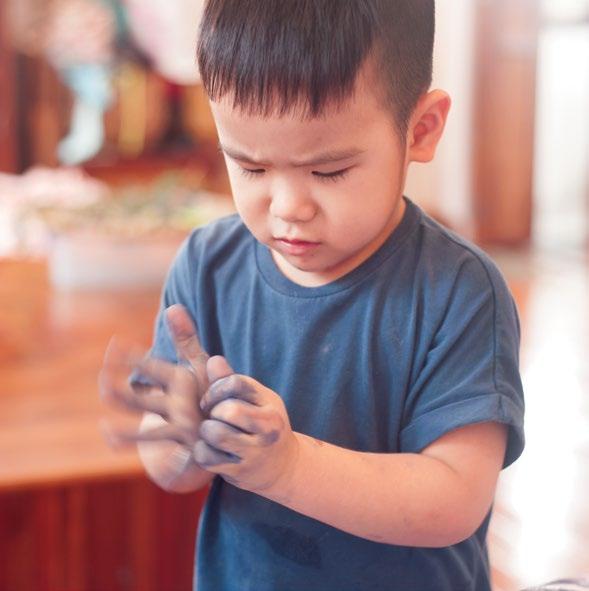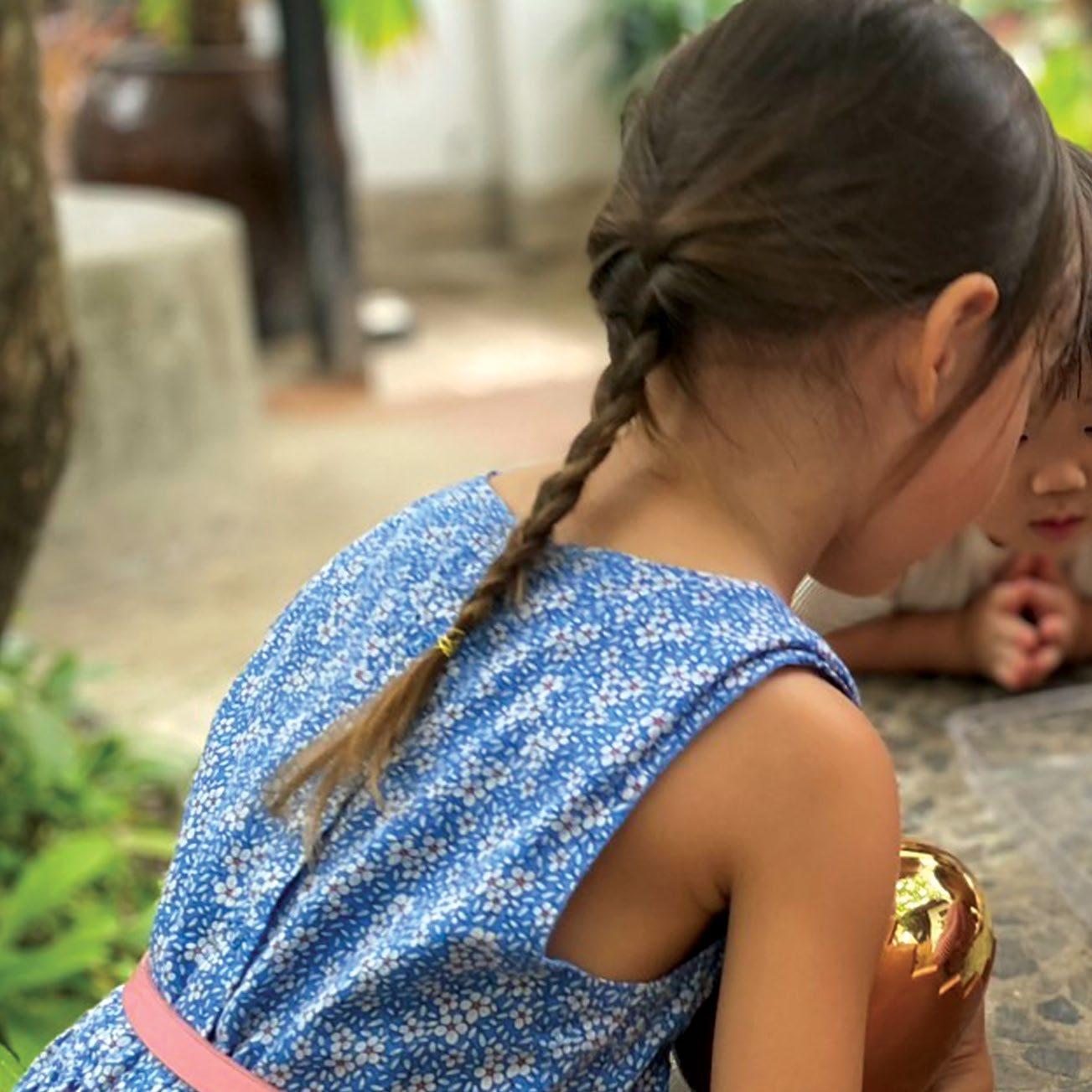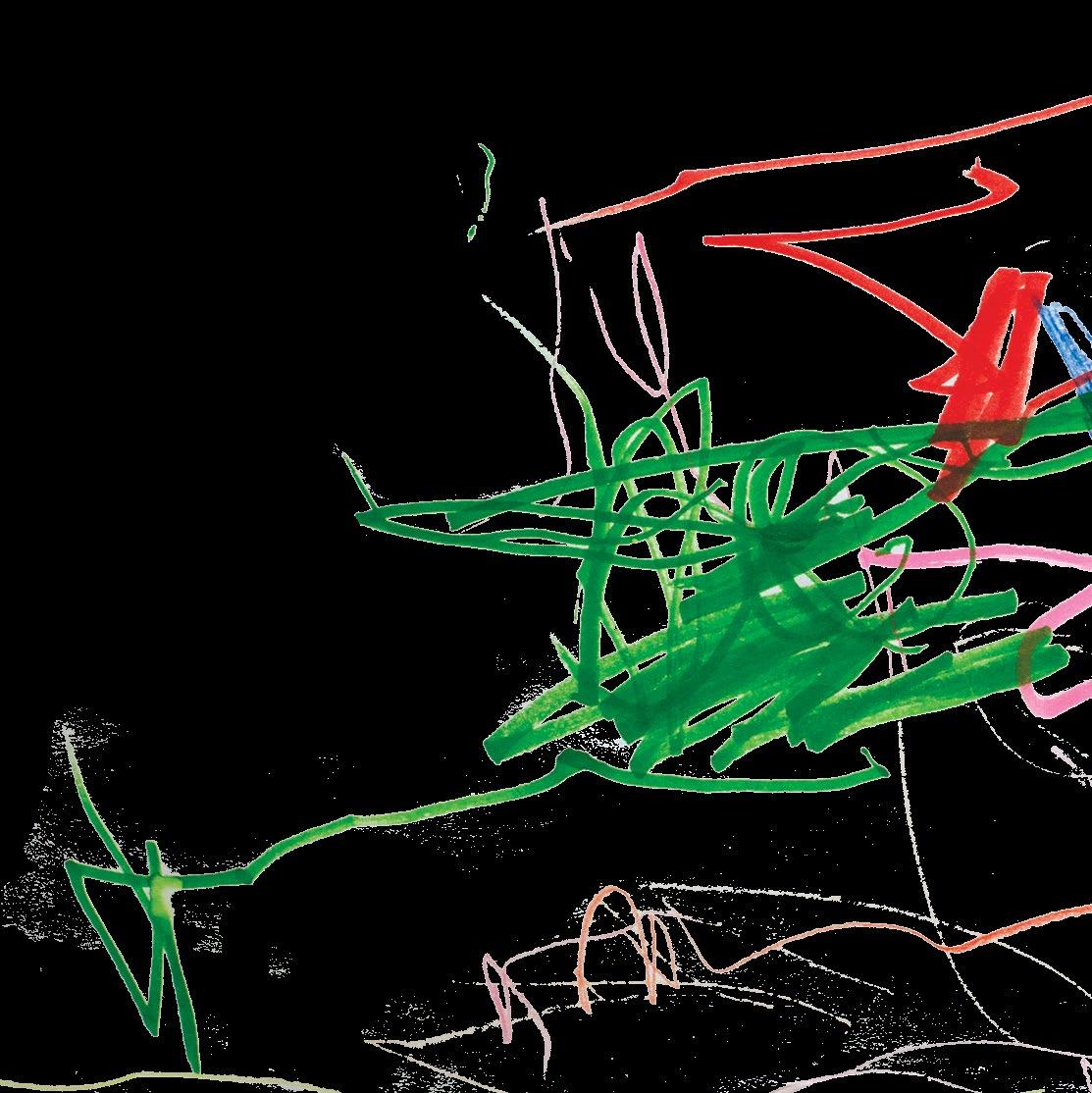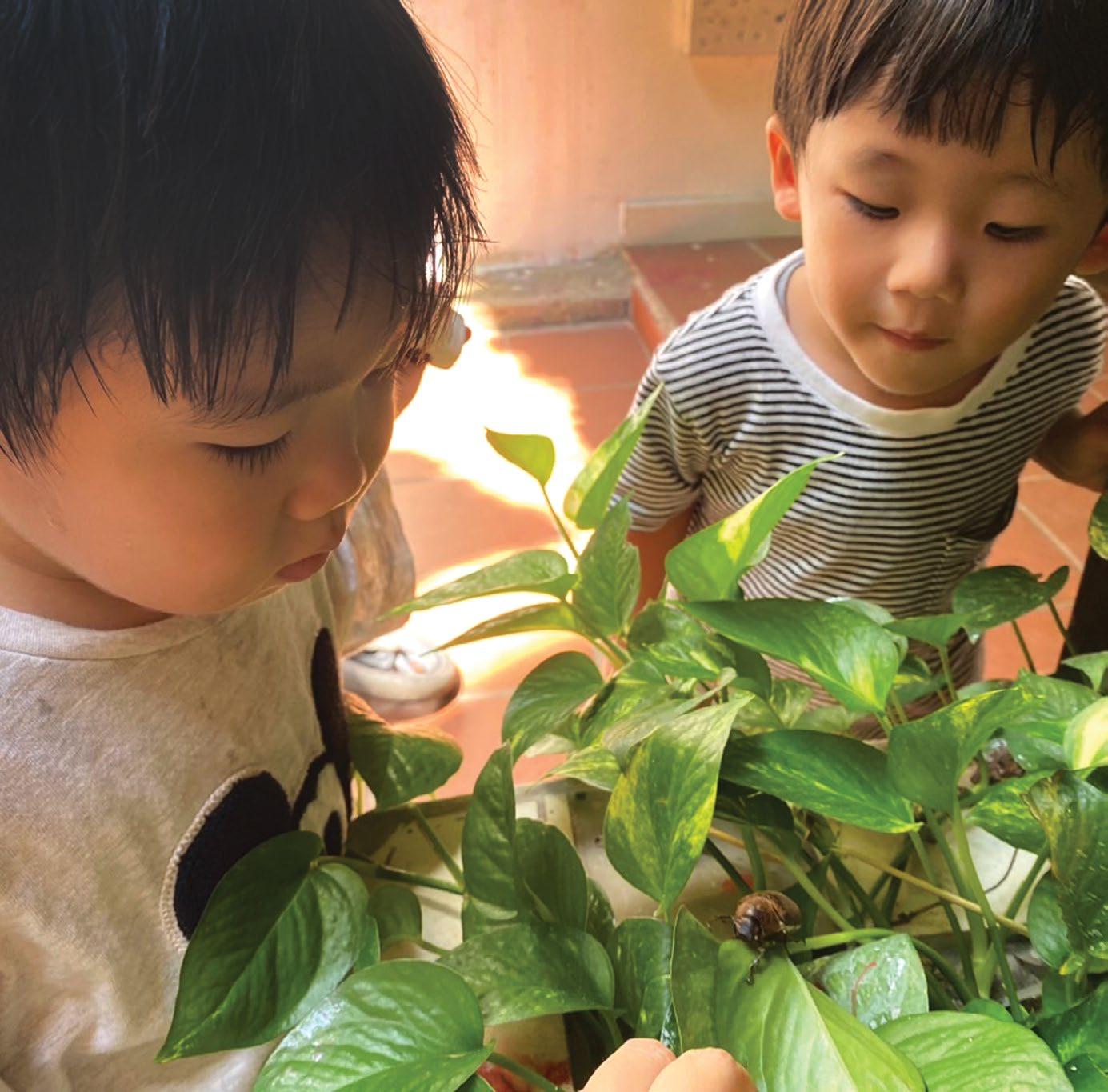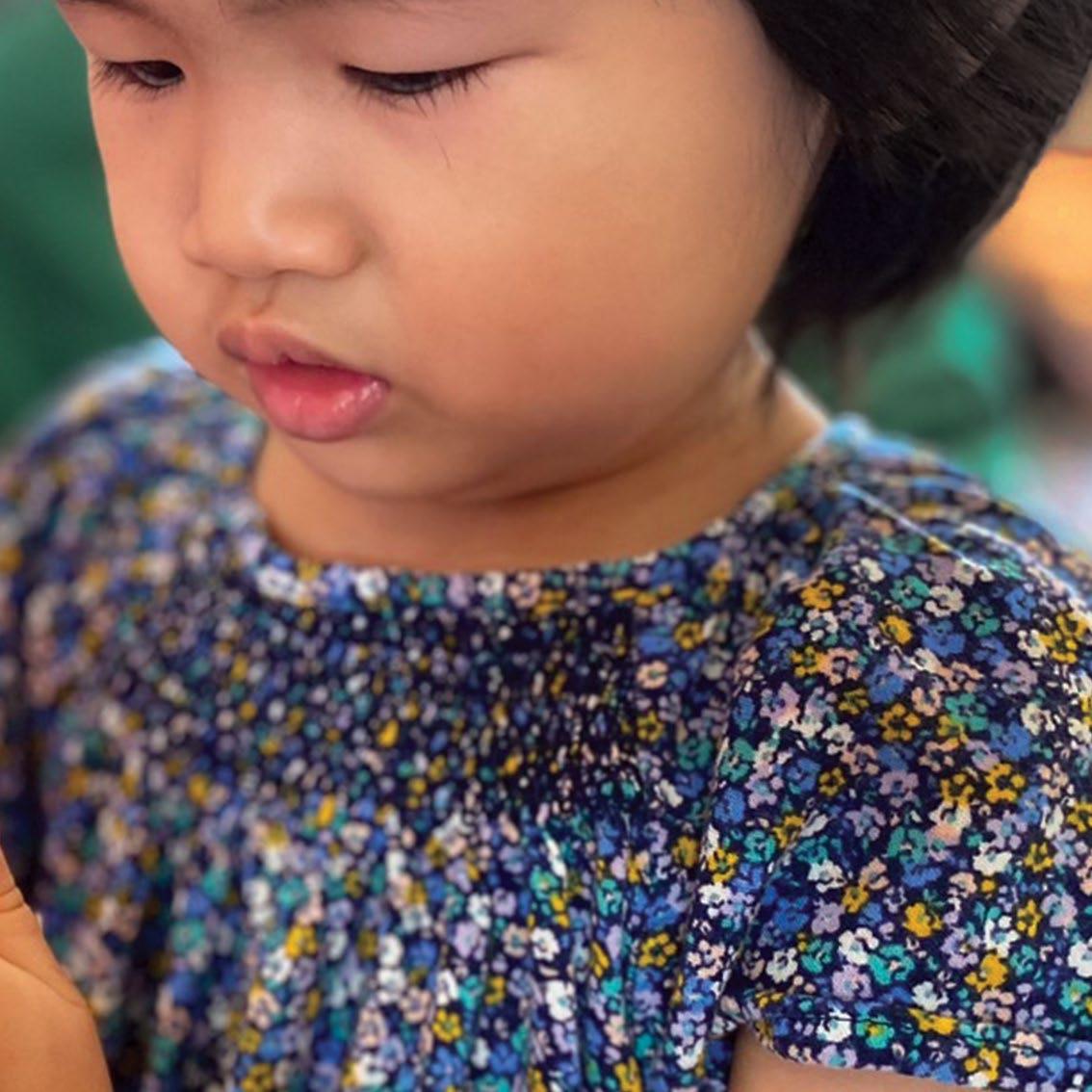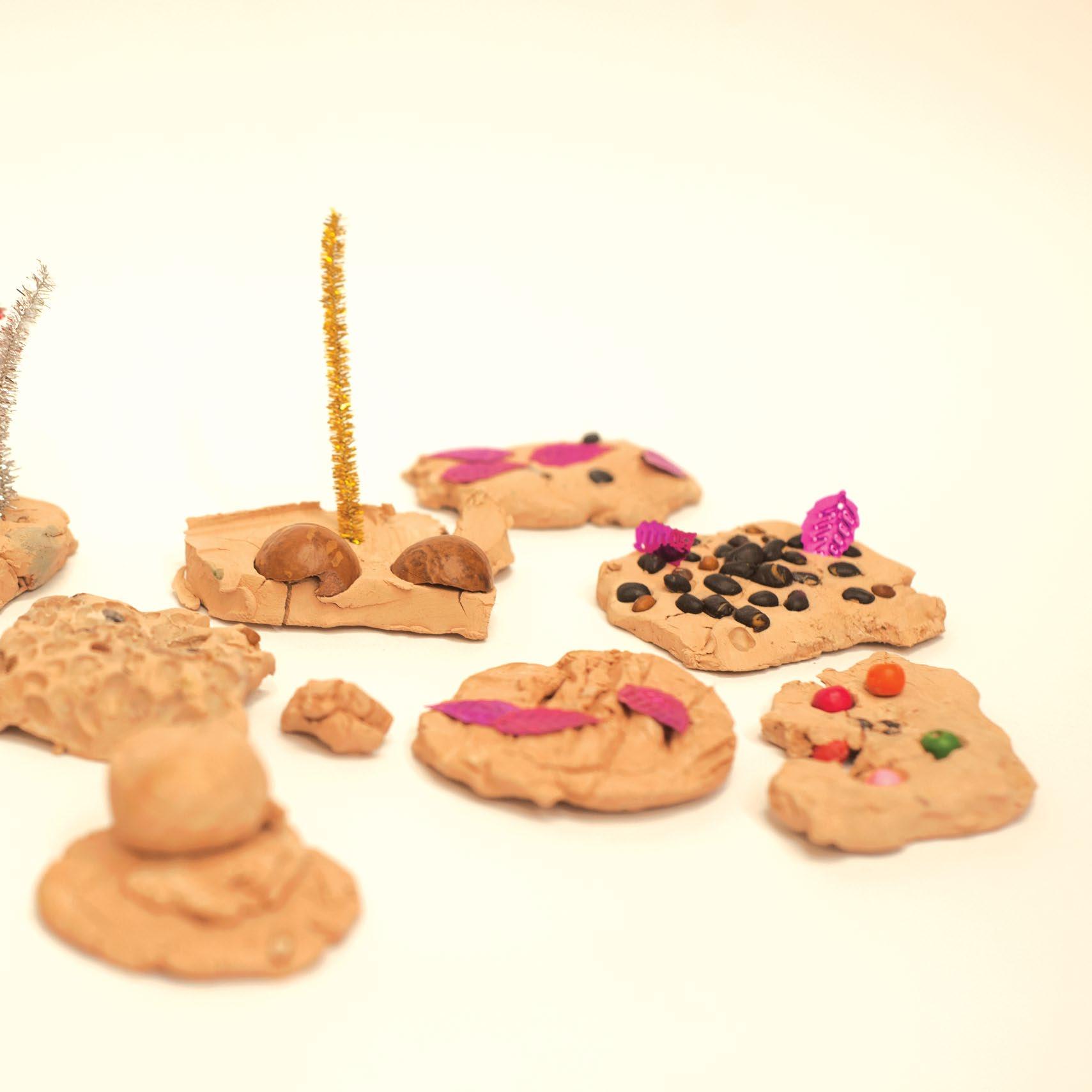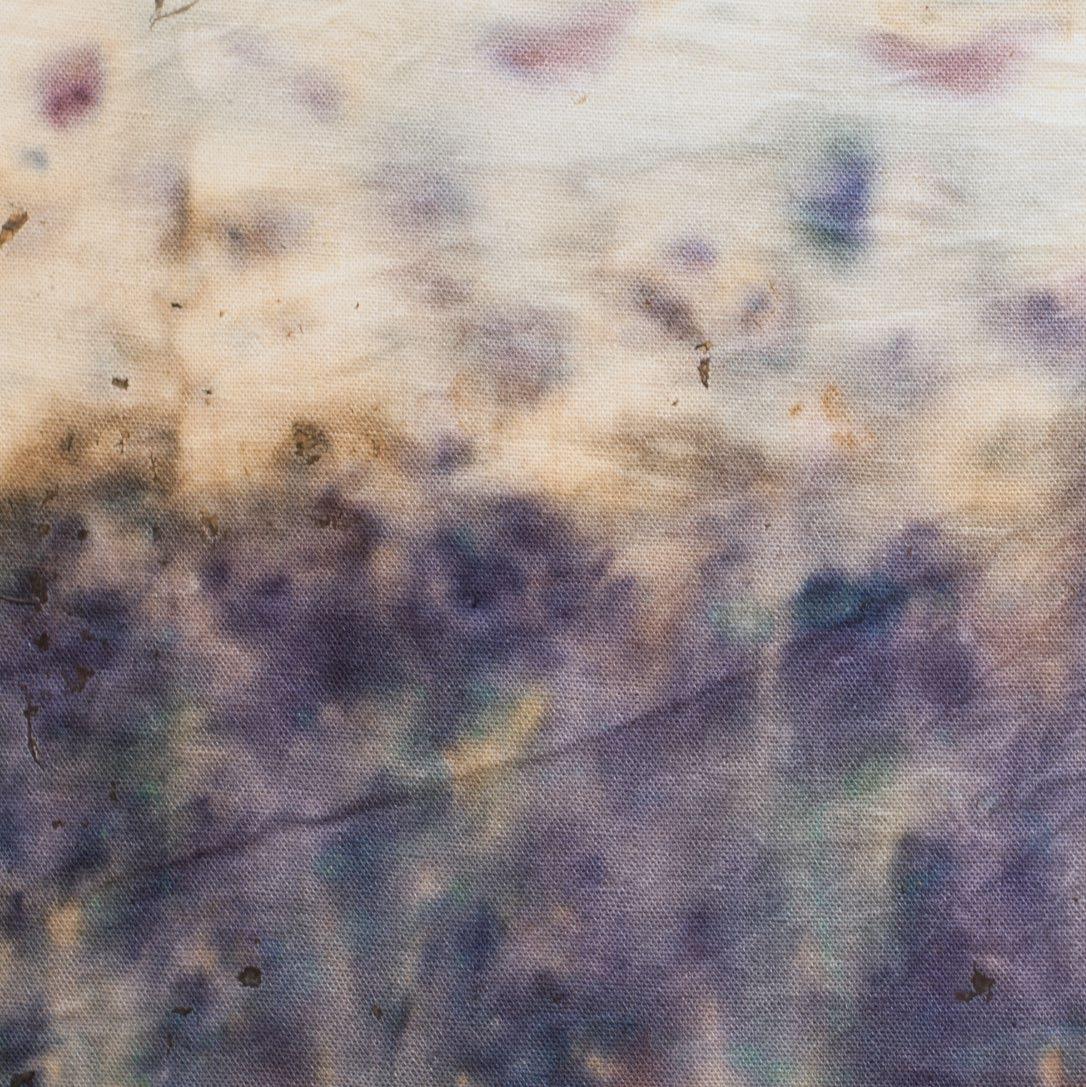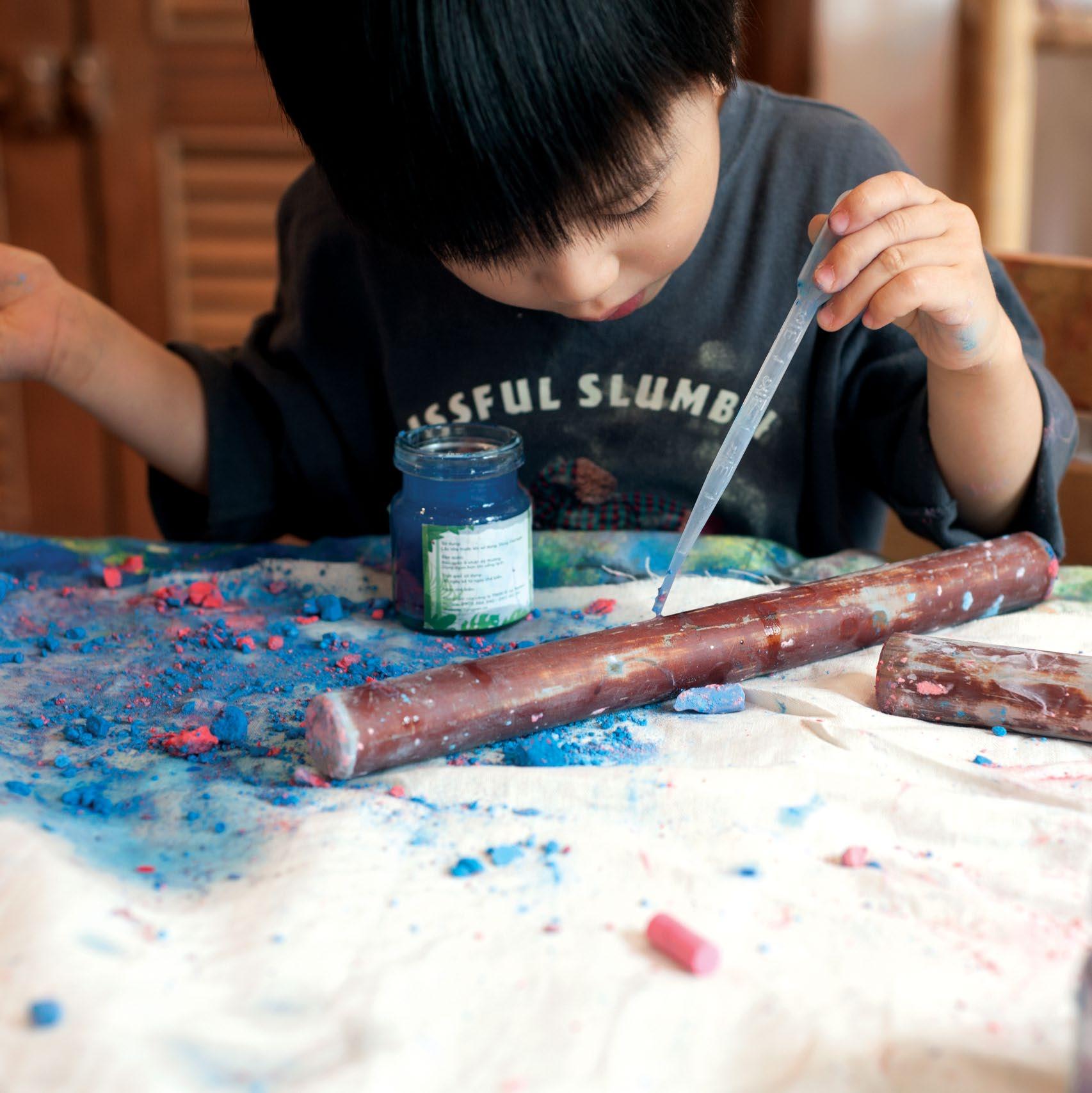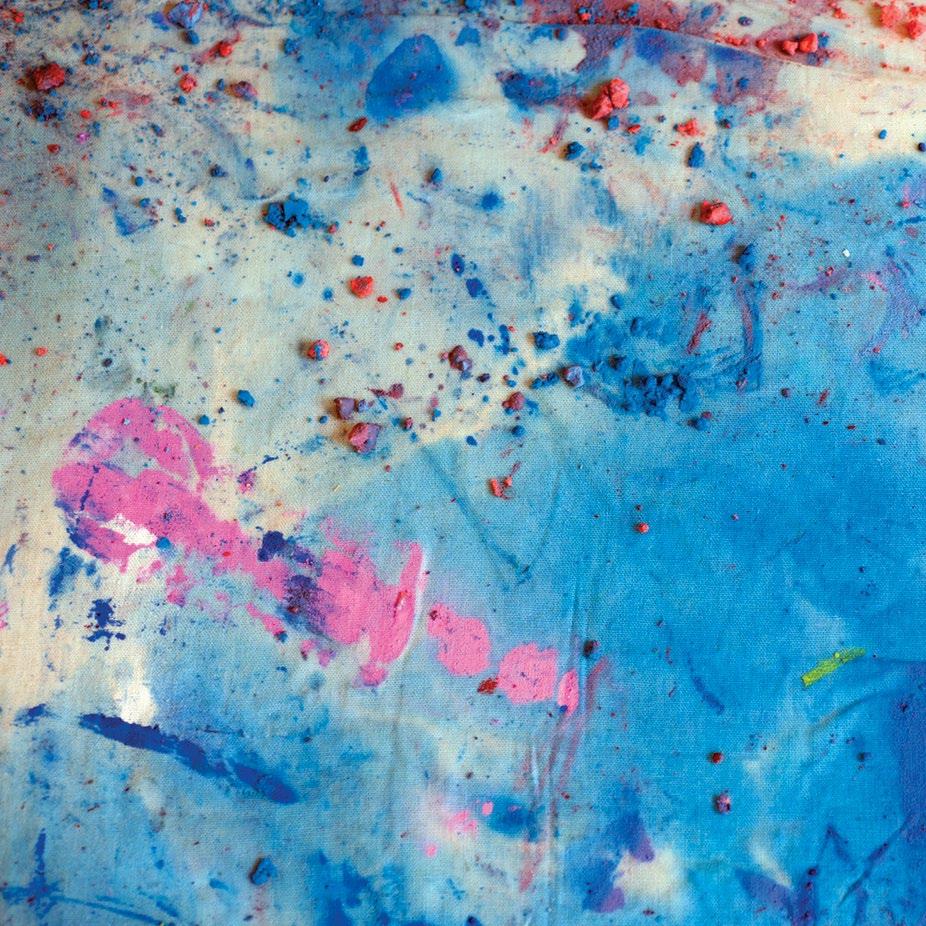Materials in Dialogue


2022/2023

Materials in Dialogue
Every material has its own qualities and personality and over time the material becomes a part of your language. ‘Materials in Dialogue’ led you on a magical journey of becoming active participants in your learning, as you constructed your own knowledge when interacting with materials, the environment and each other. Throughout the year, as we explored and researched our chosen materials and their properties, it was very obvious to see your creativity evolve, along with your ability to think critically about the world around you.
What range of possible transformations could these materials undergo?
To fully engage with and explore the materials, a deeper understanding and dialogue occurred as you built on previous experiences and knowledge. You became artists, scientists and researchers. What follows is a wonderful dialogue between the materials as you met, discovered and ultimately transformed them.
Ms. Penny (Pedagogista)
“Learning
and teaching should not stand on opposite banks and just watch the river flow by; instead, they should embark together on a journey down the water. Through an active, reciprocal exchange, teaching can strengthen learning
and how to learn.”
Loris Malaguzzi
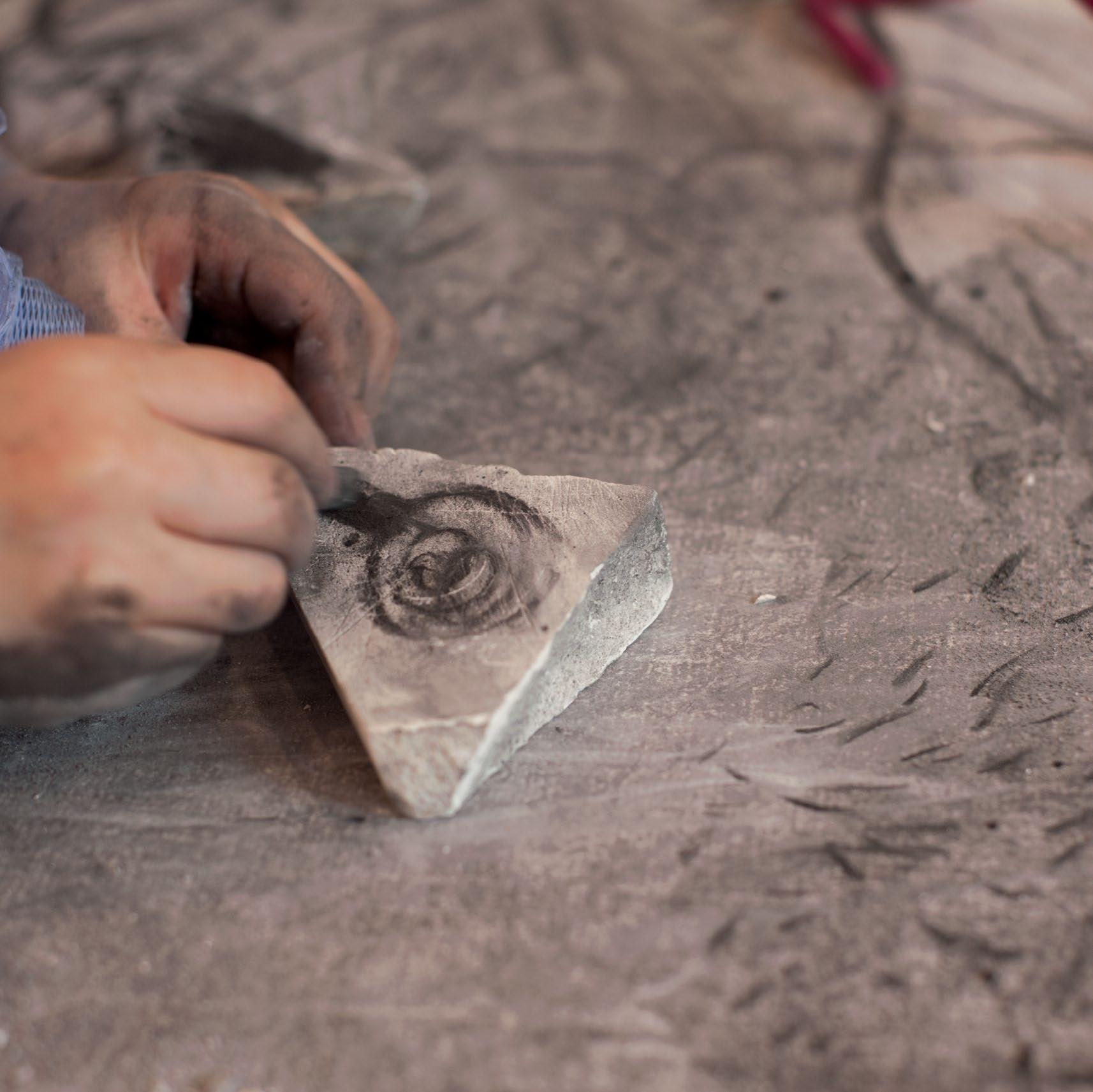

Paint on lightbox, Collaborative art

Our journey this year in Camellia class has been full of variety. We have engaged in numerous experiences with numerous materials. It has been a joyful road of discovery. Through these opportunities, you are learning so much about the world around you, and about yourselves too. How will you interpret the materials? How will you express yourselves through the materials? What ideas do you have? What kind of experiences do you prefer? Through this journey, you are not only discovering more about these materials or the big, wonderful world, but about what kind of person you are. We have absolutely loved being a part of your unique journeys and we are so proud of you all.
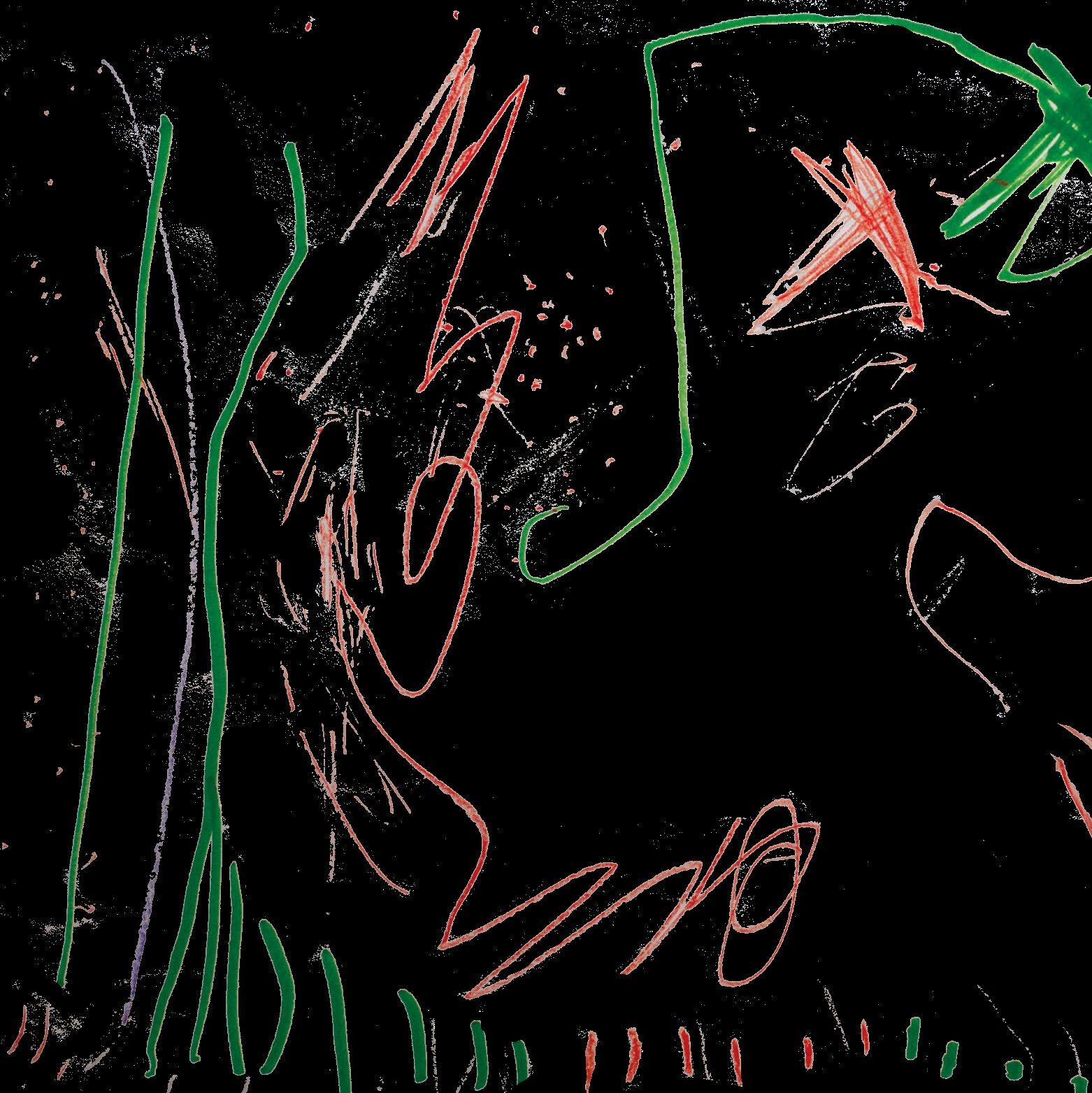
Love,
Ms Siobhan Fibre pen drawing, Albert

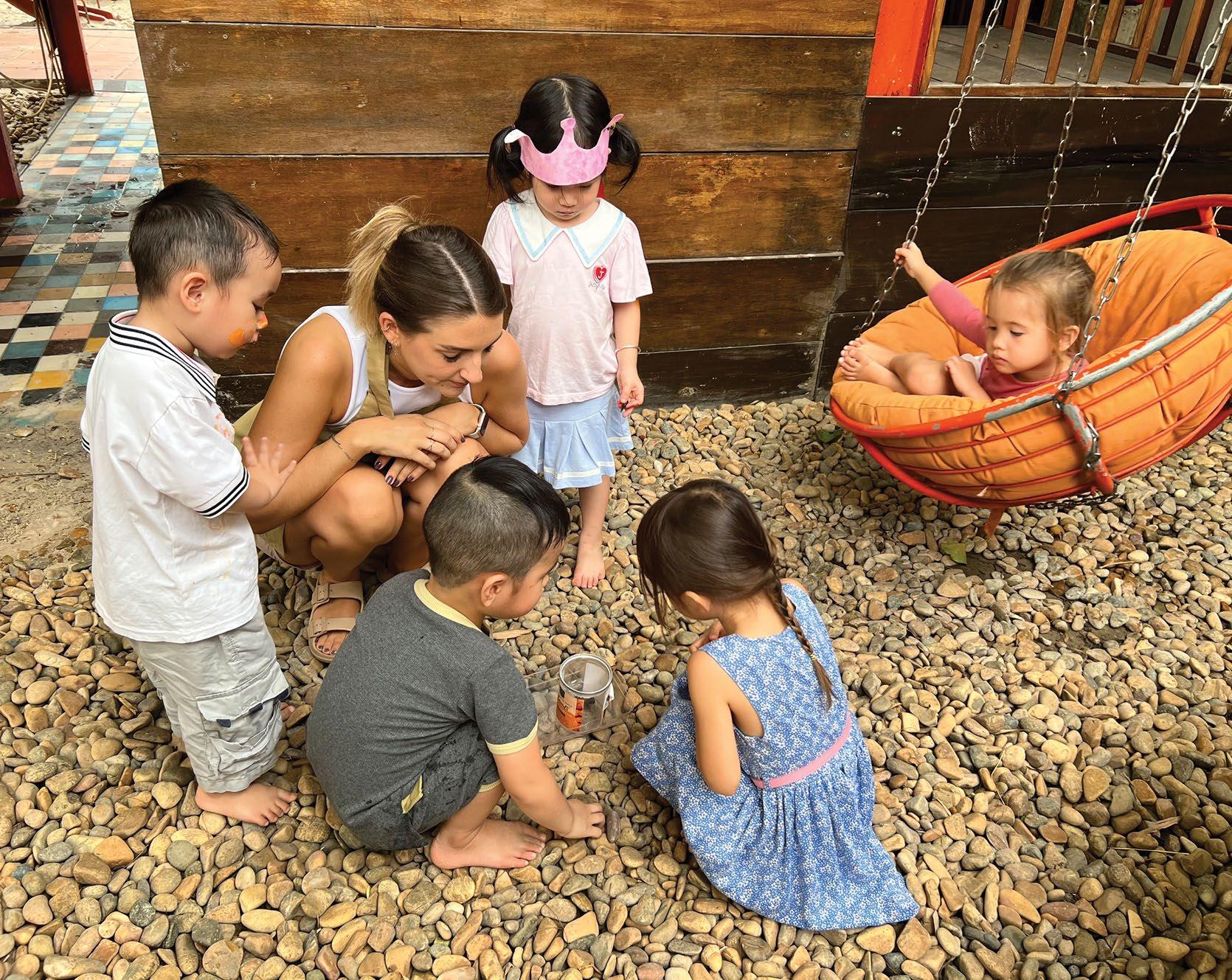
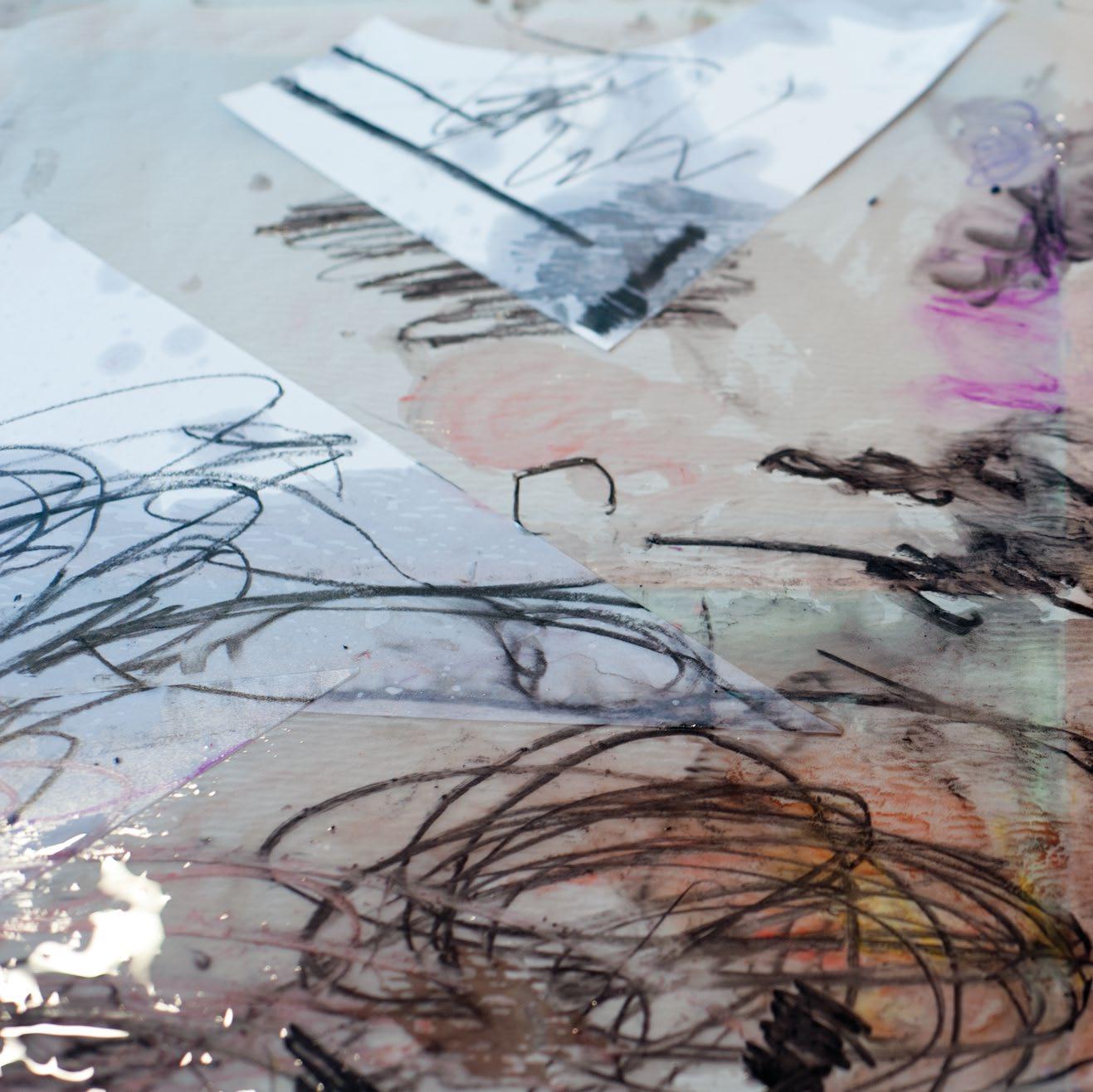
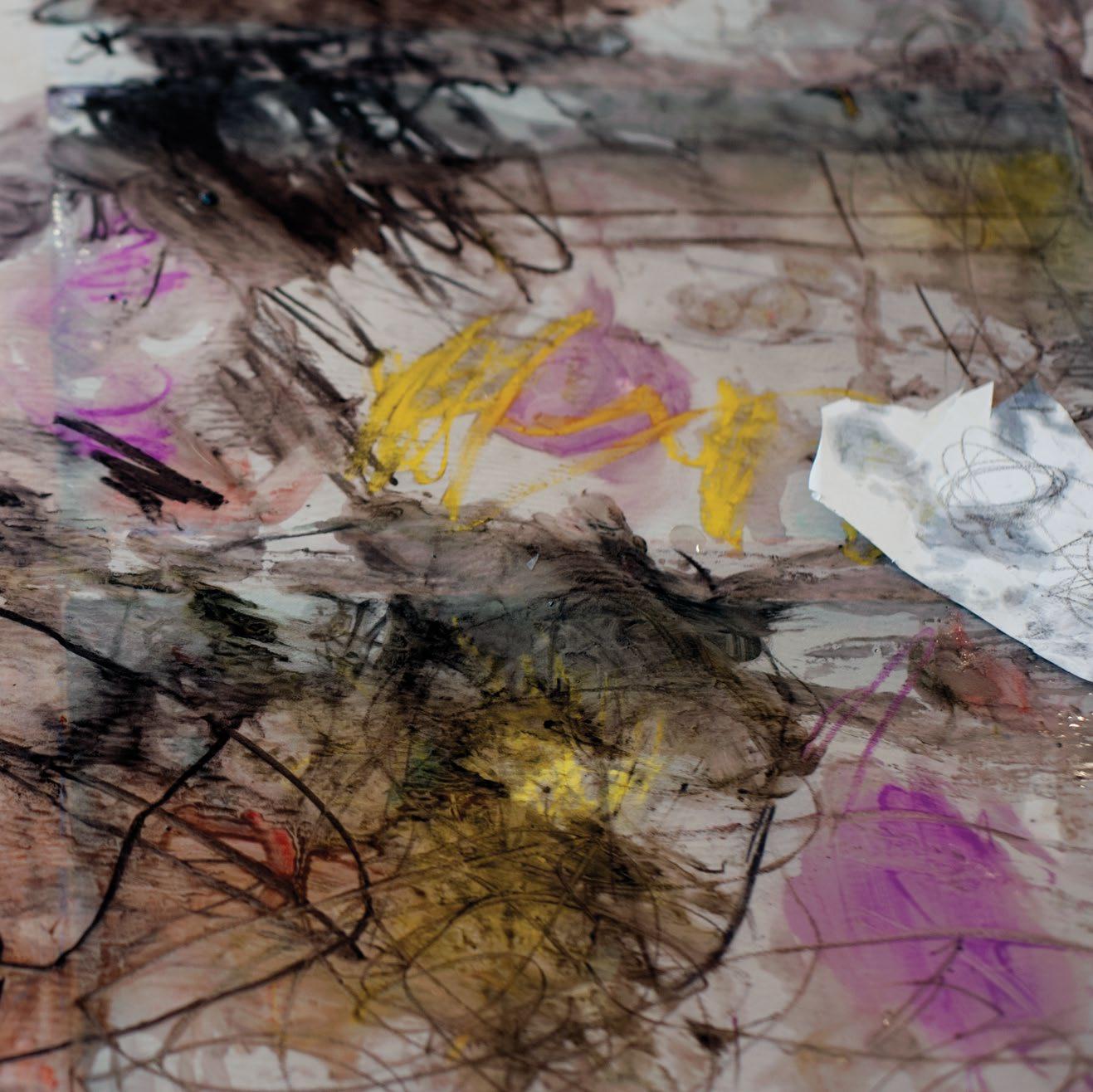
Charcoal and oil on tracing paper, Collaborative art
Paint, paint and more paint!
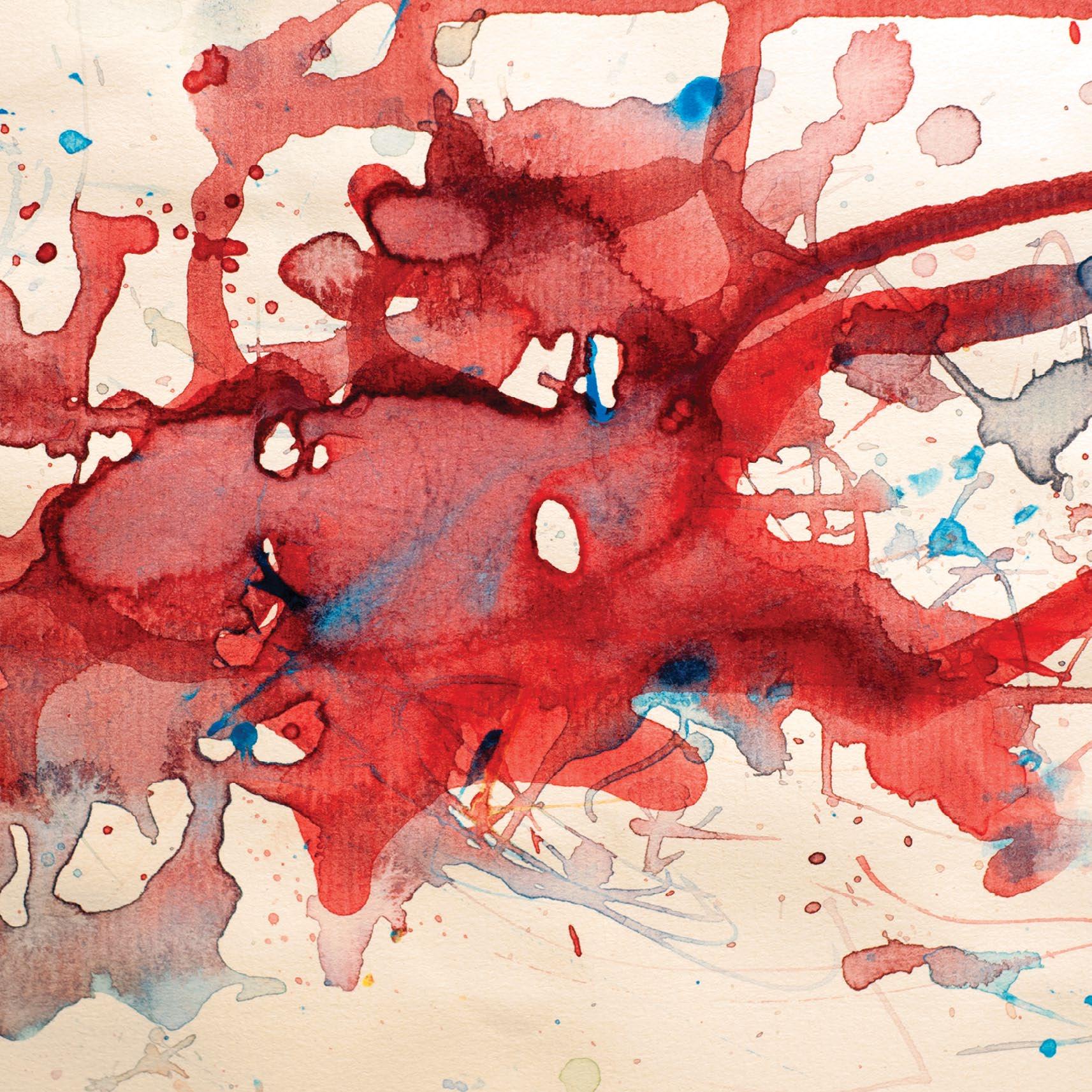
From the start of the year, it was clear how much you loved painting experiences, Camellia. We saw the joy, wonder and pure fascination as you mixed, touched and applied the paint to different surfaces.
“More paint, please”
You asked in anticipation. Some of you felt the paint with your hands and covered your body in the paint, relishing the sensory feeling. Others were enthralled by the use of different tools and how you can make marks.
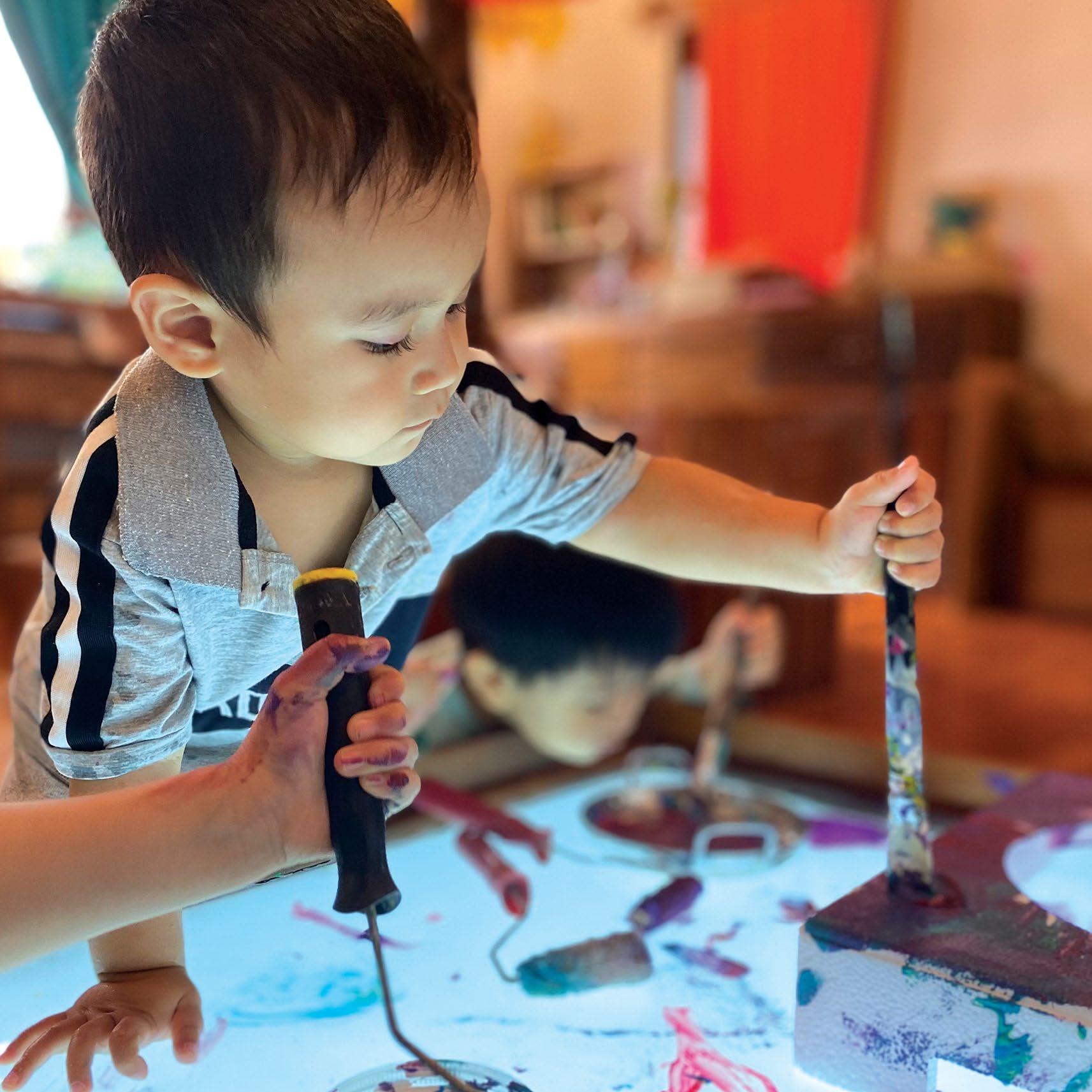


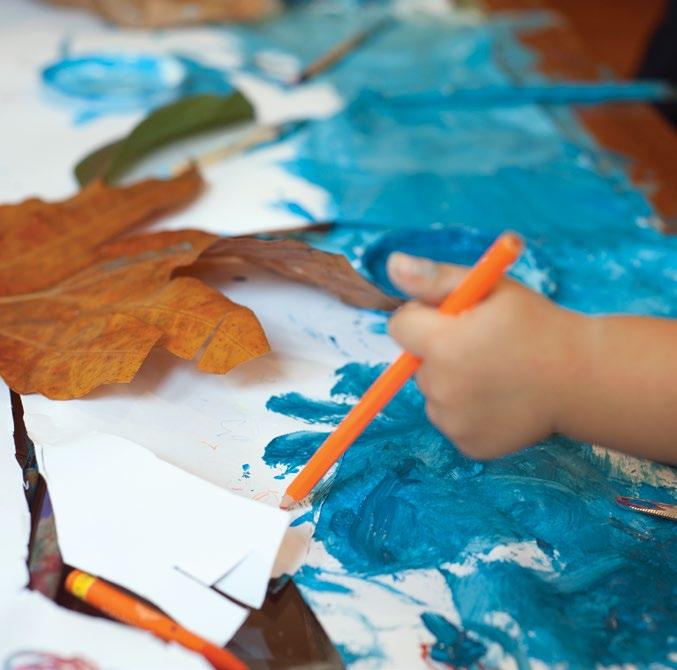
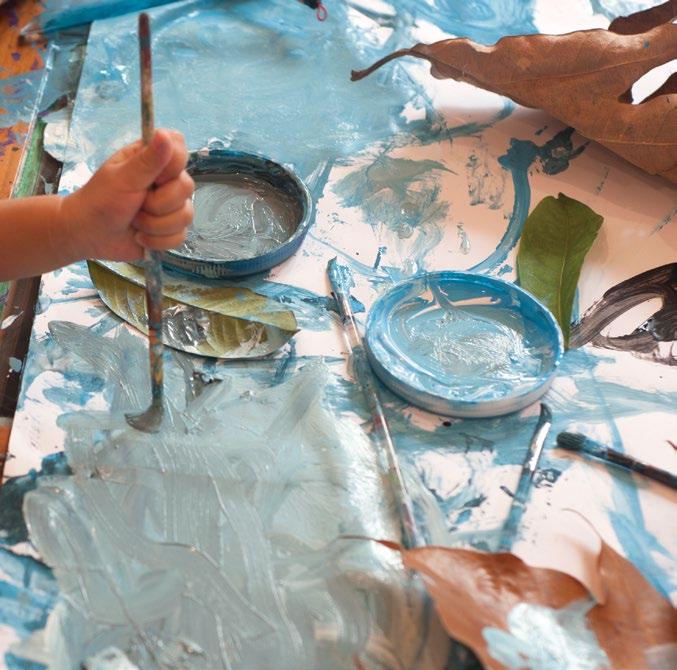

Shades of Black and White
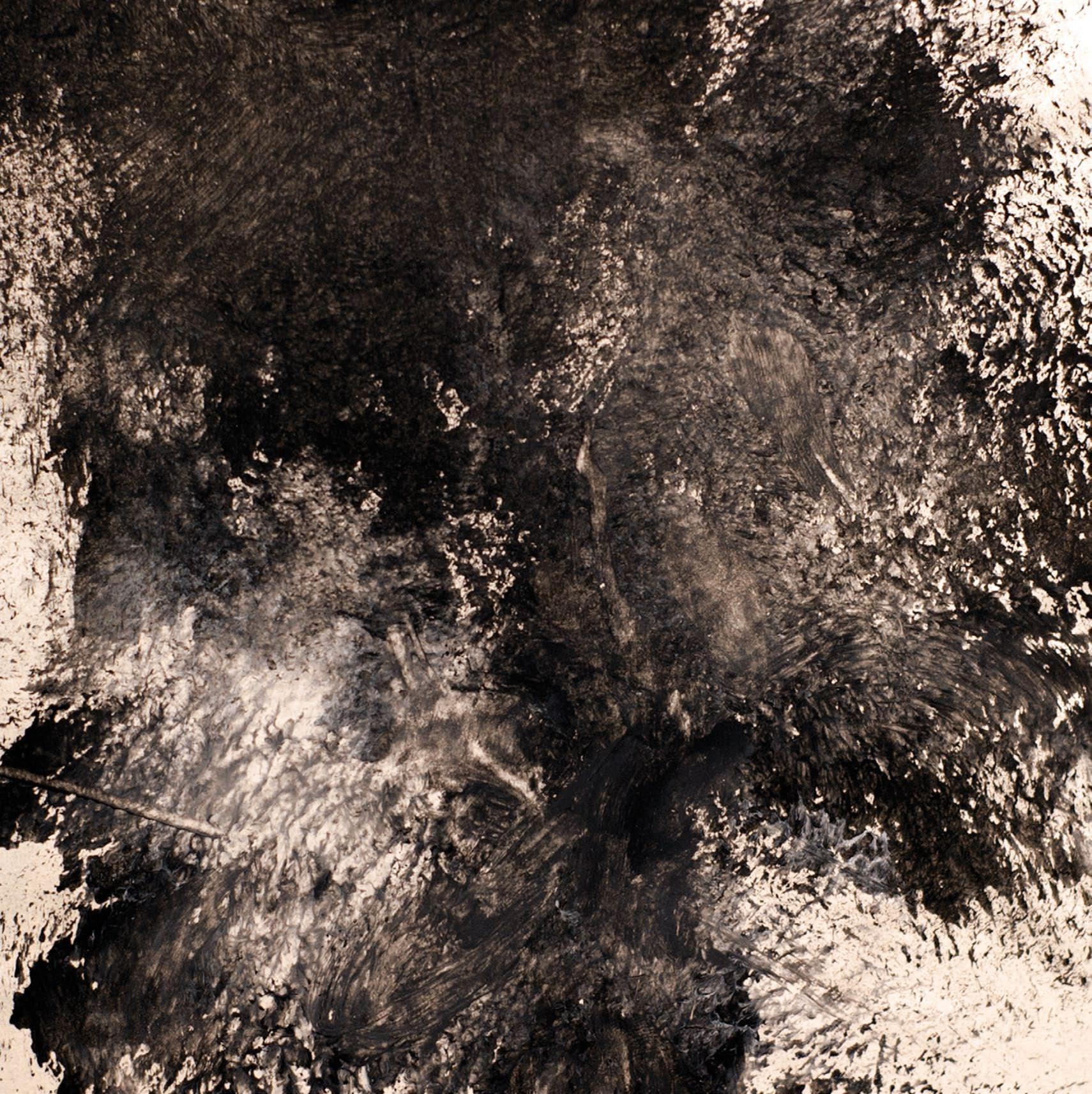
You then investigated black and white and all the monochromatic shades in between when you mix the two together.
You have been involved in collaborative art on a large piece of paper, as well as your own individual pieces. We gave you the option to choose from white or black paper to paint on. Some of the paint gave a high contrast and some of it got lost in the background. It provided a different experience to the painting you are used to doing with coloured paint. This provocation allowed you to experience shades and paint mixing, as well as focusing on how the brushstrokes differ and interact. The lack of colour gave a reverence and boldness to your work.
Black poster paint on white paper, Lily

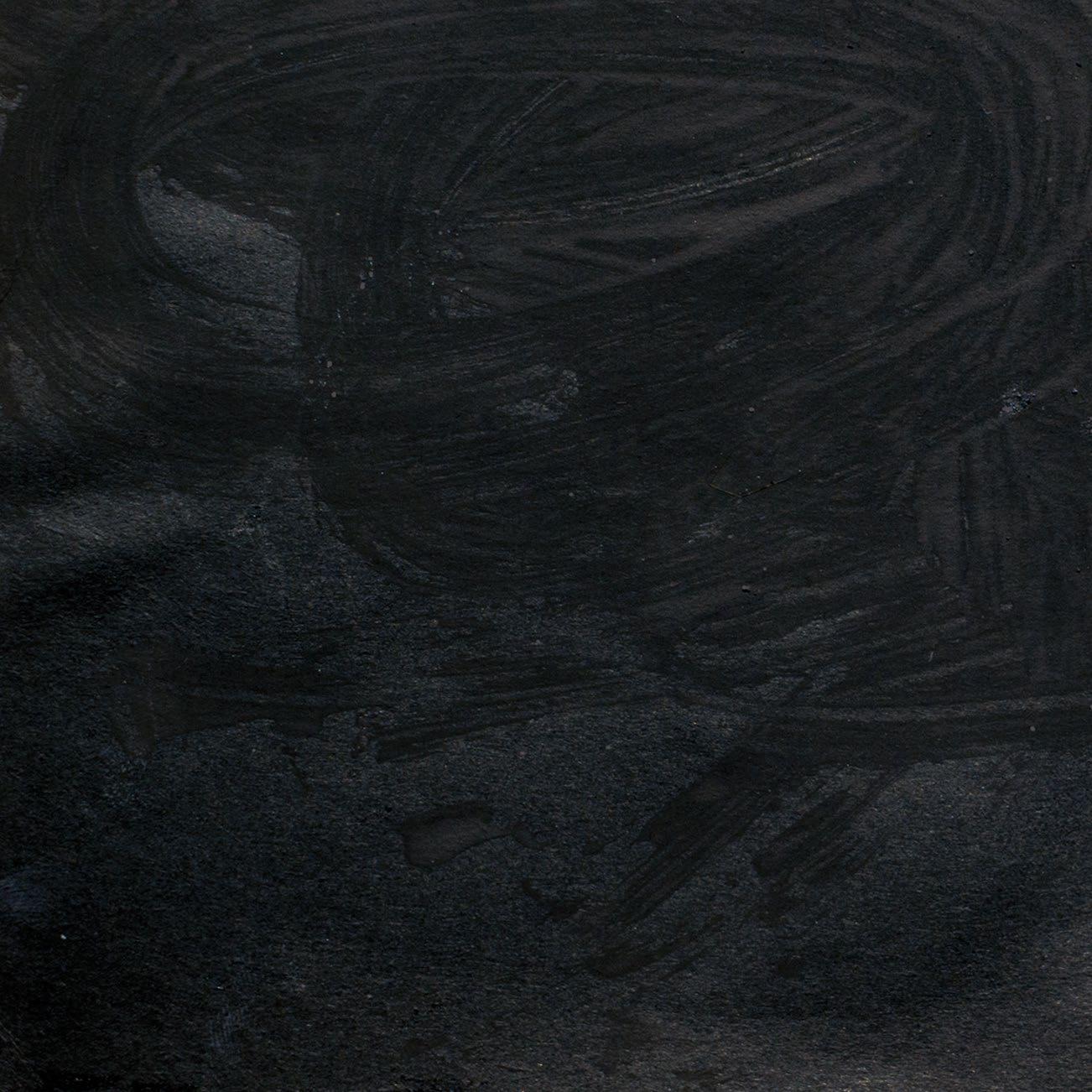
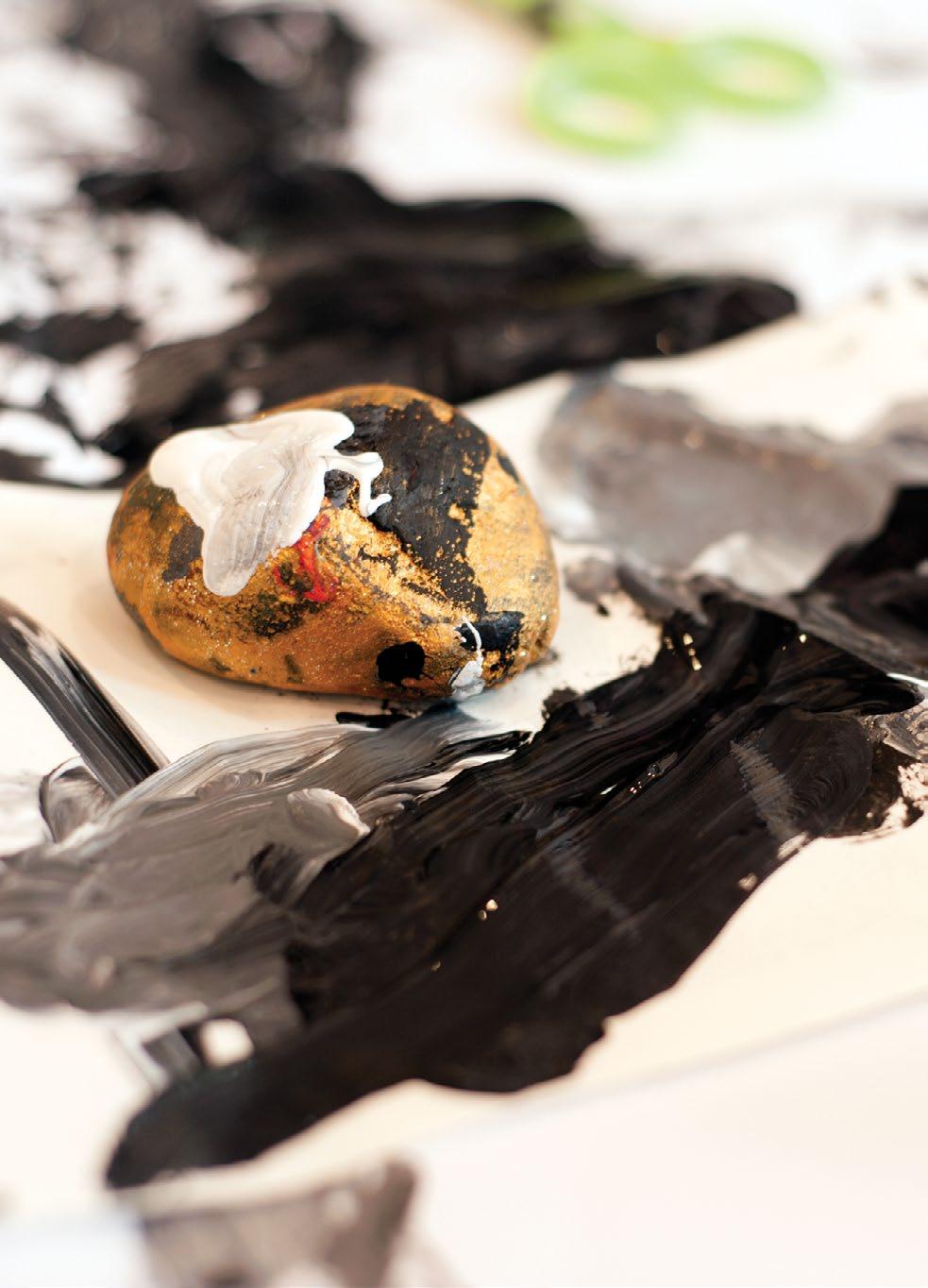
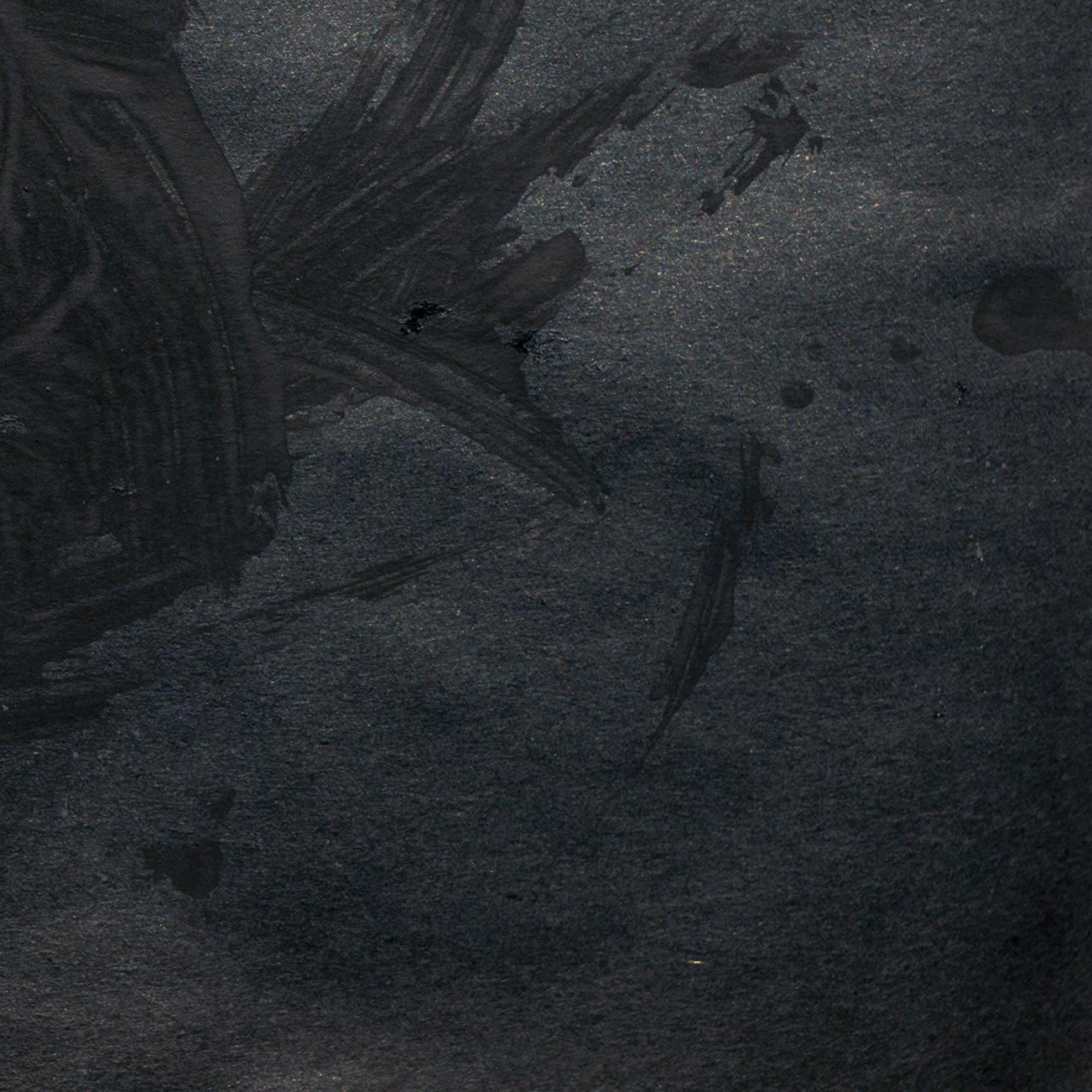
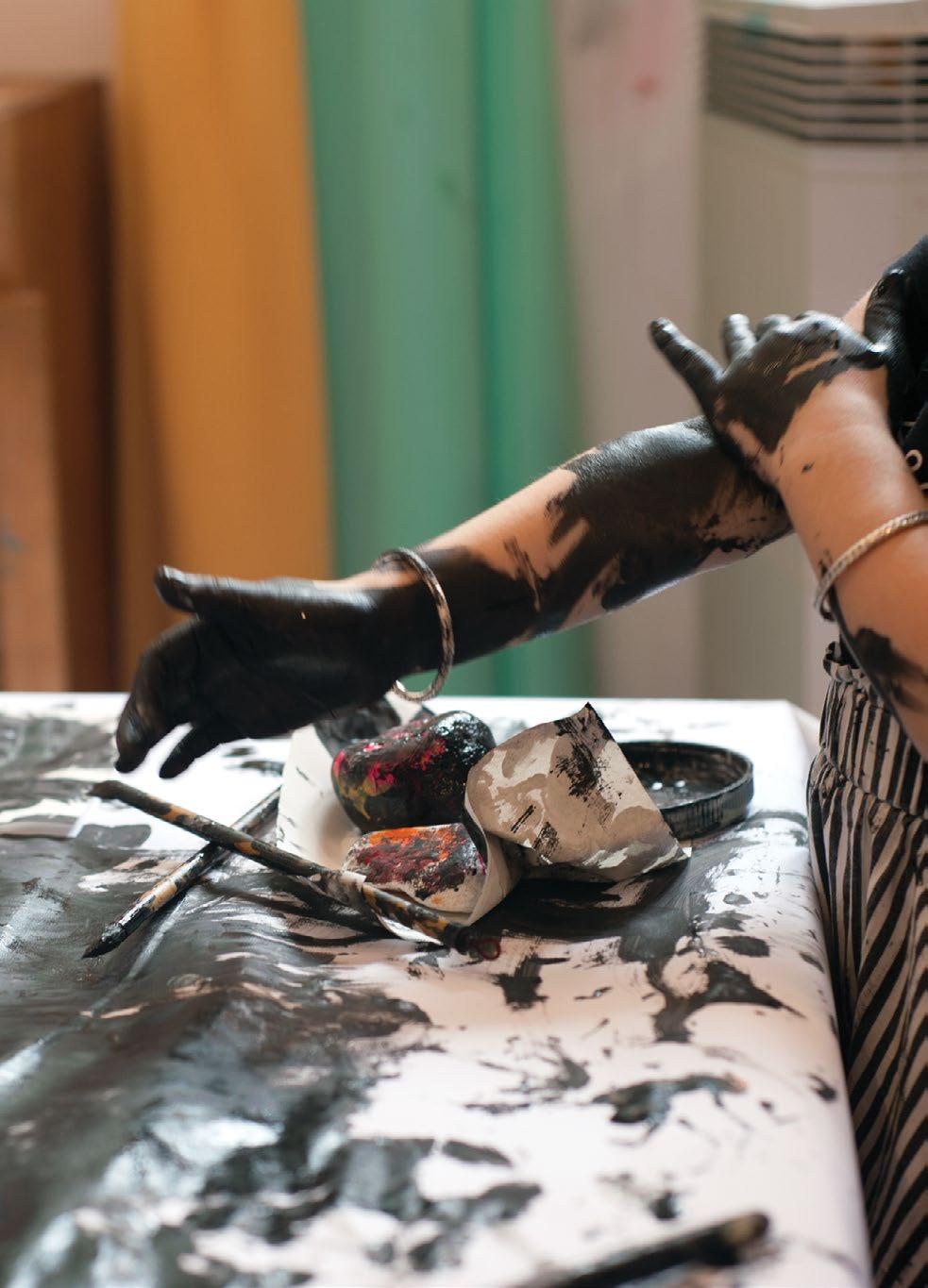

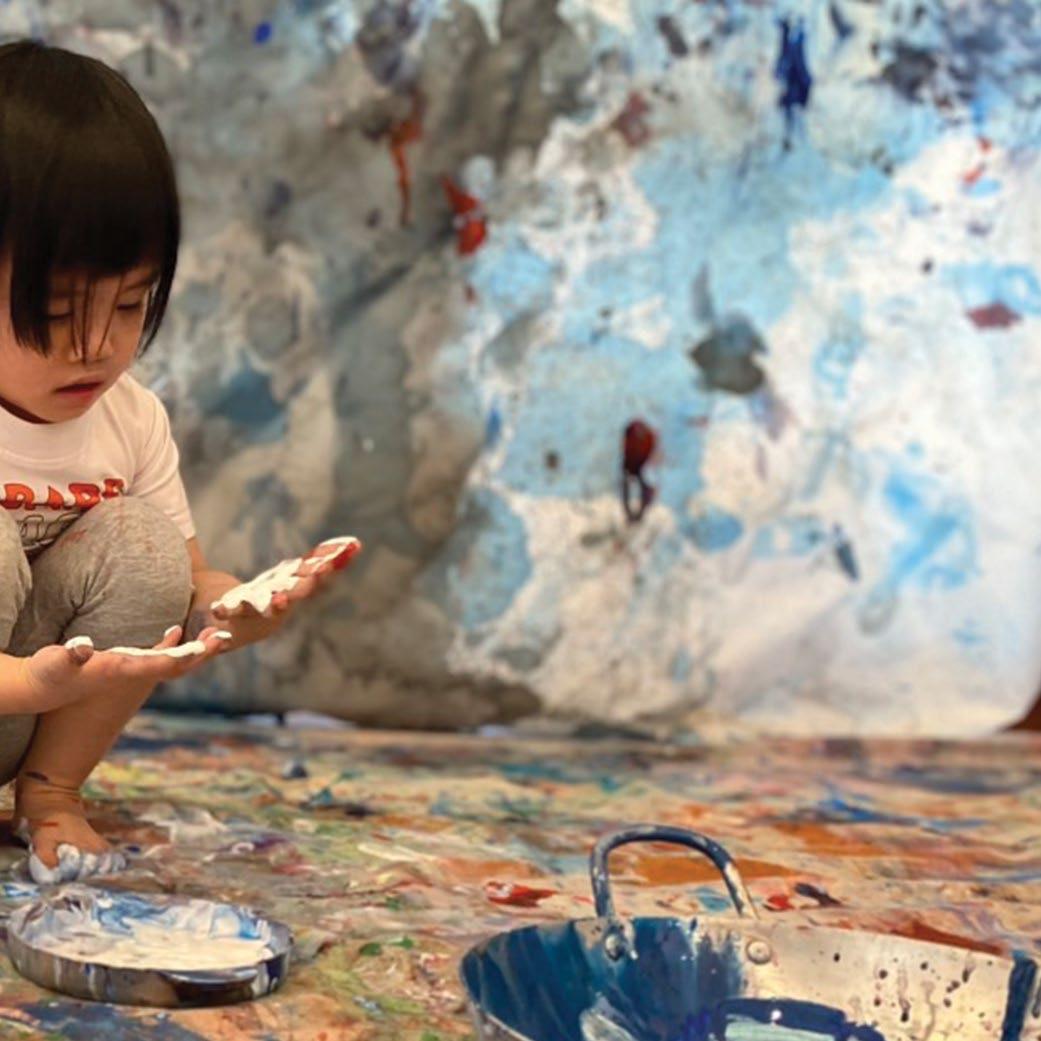
Urges
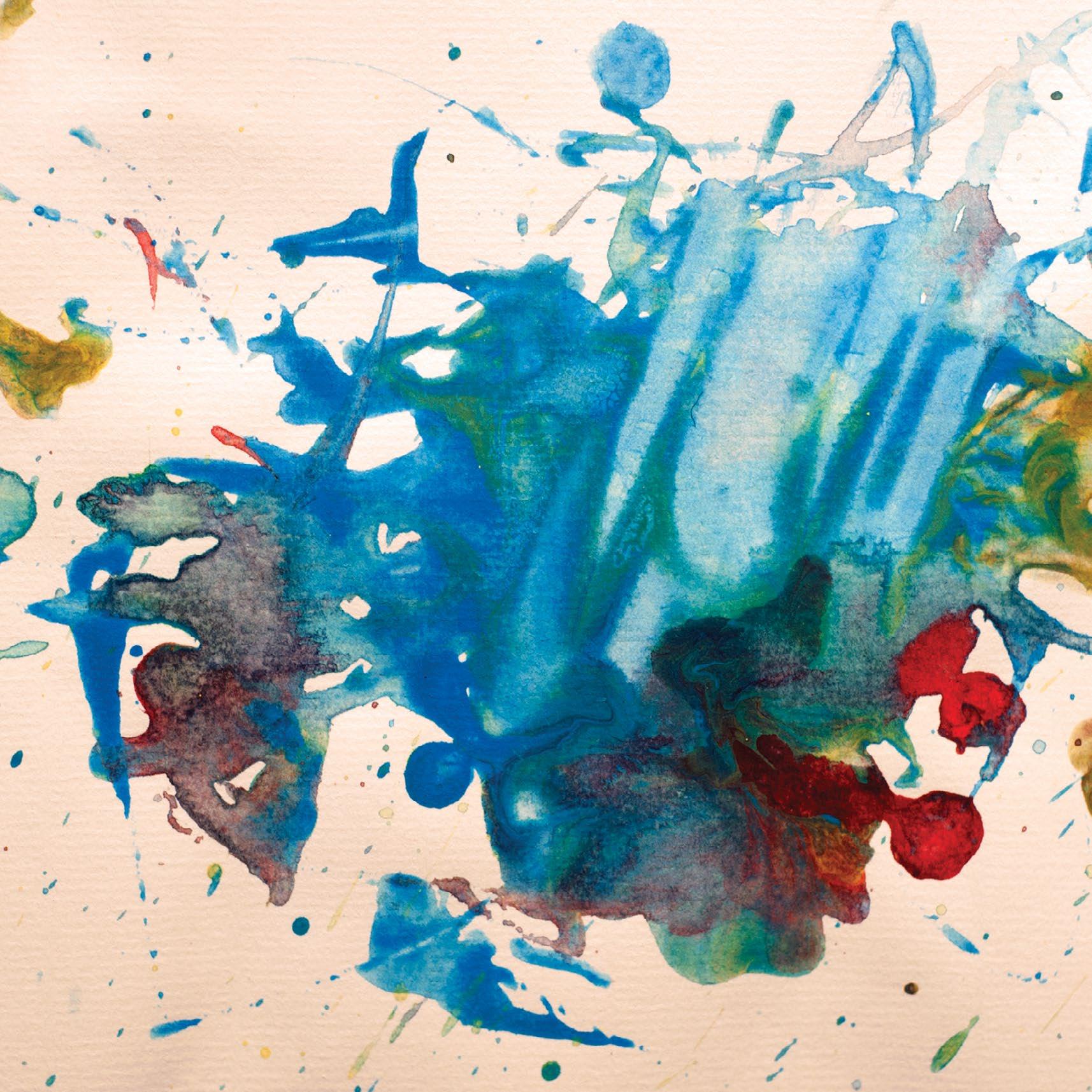
Schemas can be described as urges or repetitive actions of children, that allow them to explore and engage with their environment. They are characterised by intense concentration, complete absorption, deep enjoyment and persistence.
These schemas can be anything from throwing, spinning, filling, and emptying, transporting, connecting and more. Through these actions, you are learning about movement, size, weight, speed, the properties of objects and so much more about the world around you. In our class, we have noticed many of you are exploring through transporting, trajectory, transforming, connecting, positioning and enveloping schemas.
We wanted to incorporate these schemas in our art explorations, so you had the opportunity to release your urges and engage deeply.


We wanted to utilize cotton wool in a way that presented opportunities for you to engage with schemas further. A large piece of vertical canvas allowed you to throw paintdrenched cotton balls onto a surface, giving you the opportunity to explore through the trajectory schema. You could also dip and transfer the cotton into the containers of paint and mix the colours. This engaged children who were interested in transporting or transforming schemas. We also had an invitation on the table for those of you who wanted to interact with the cotton wool on a horizontal surface. Here we observed different kinds of engagement such as positioning schemas or drawing with cotton. Cotton wool is a wonderful medium to make marks with - it can be pulled apart, dragged, thrown, dropped, and squeezed. We wanted to build a relationship with painting tools other than just paintbrushes, rollers and hands.
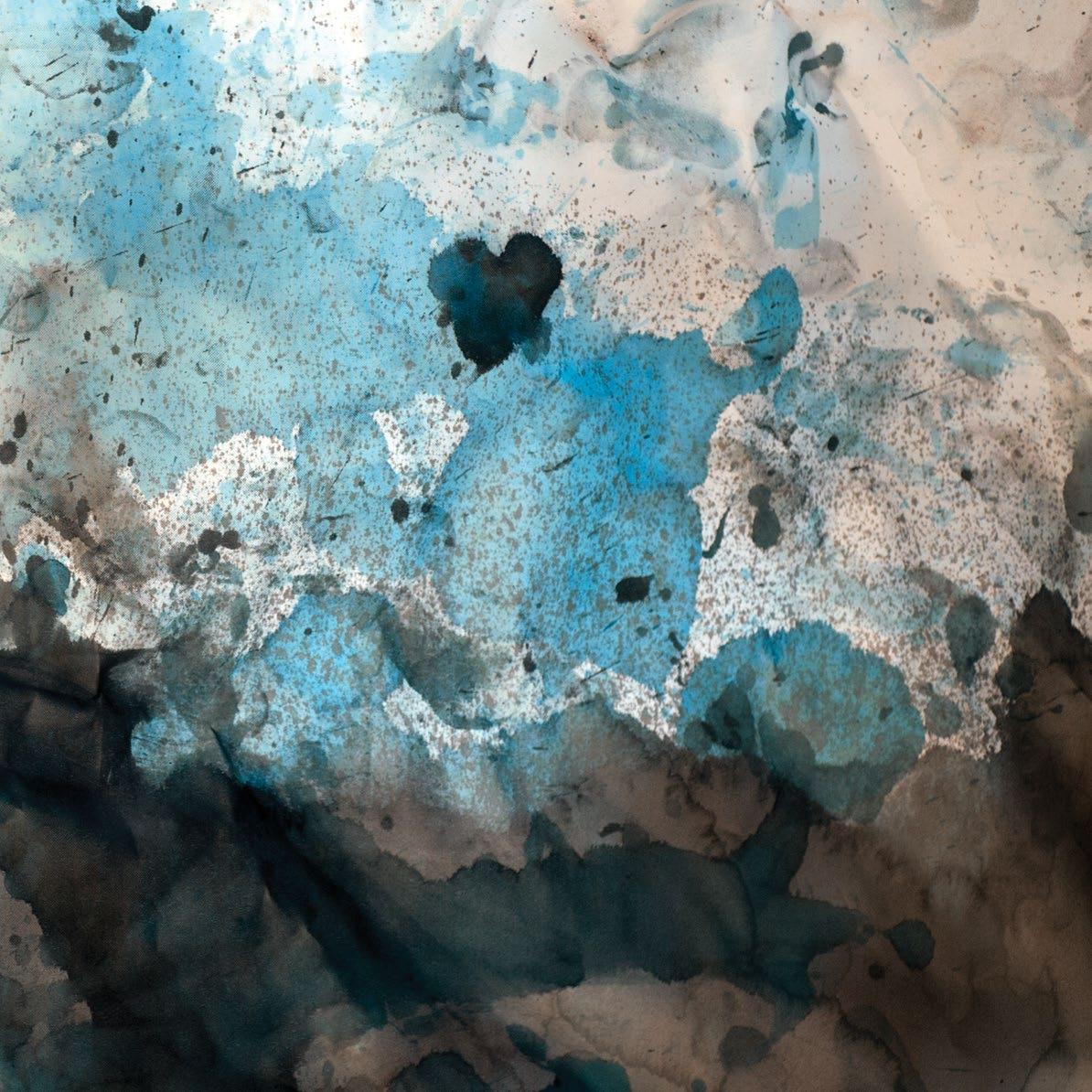
Poster paint on canvas, Collaborative art
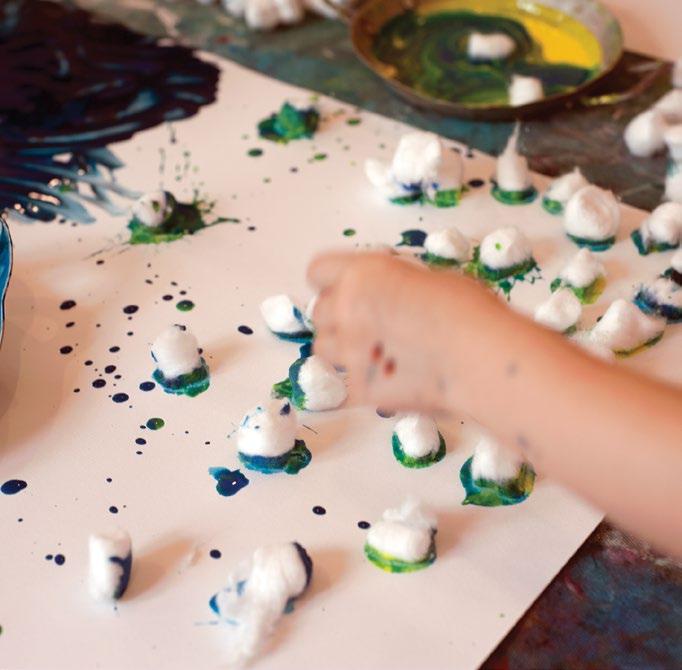
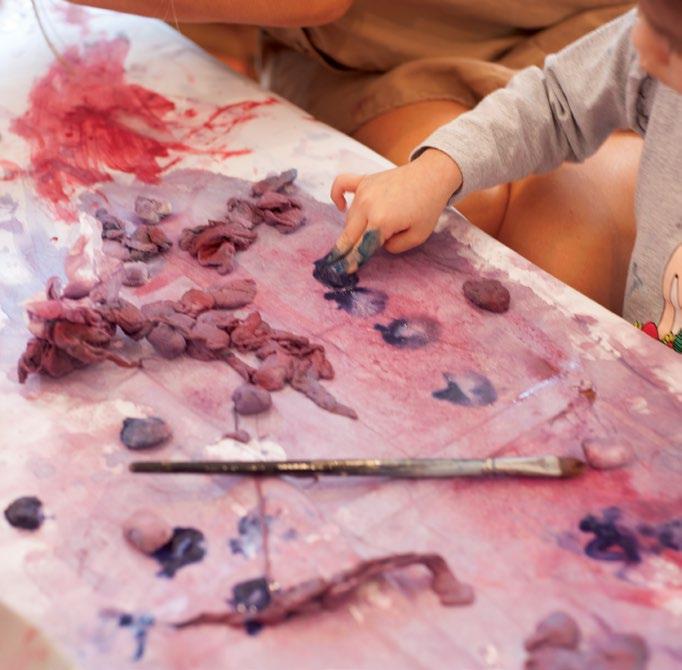
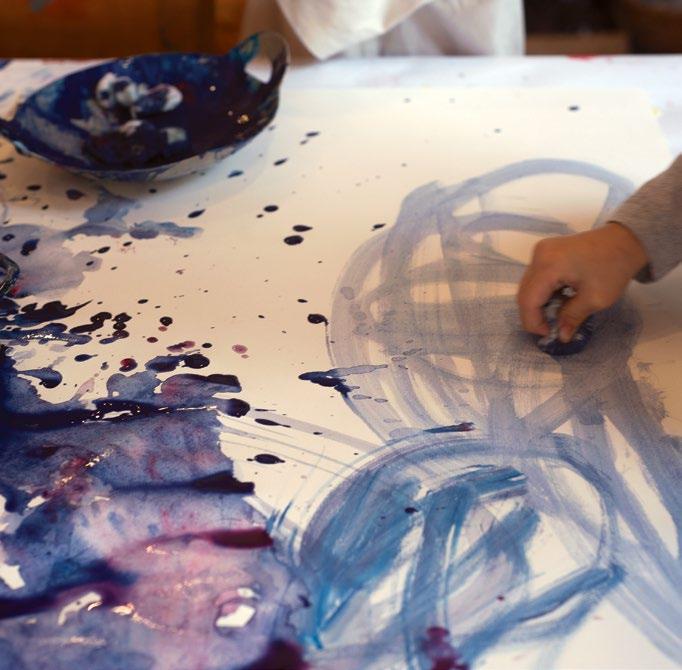

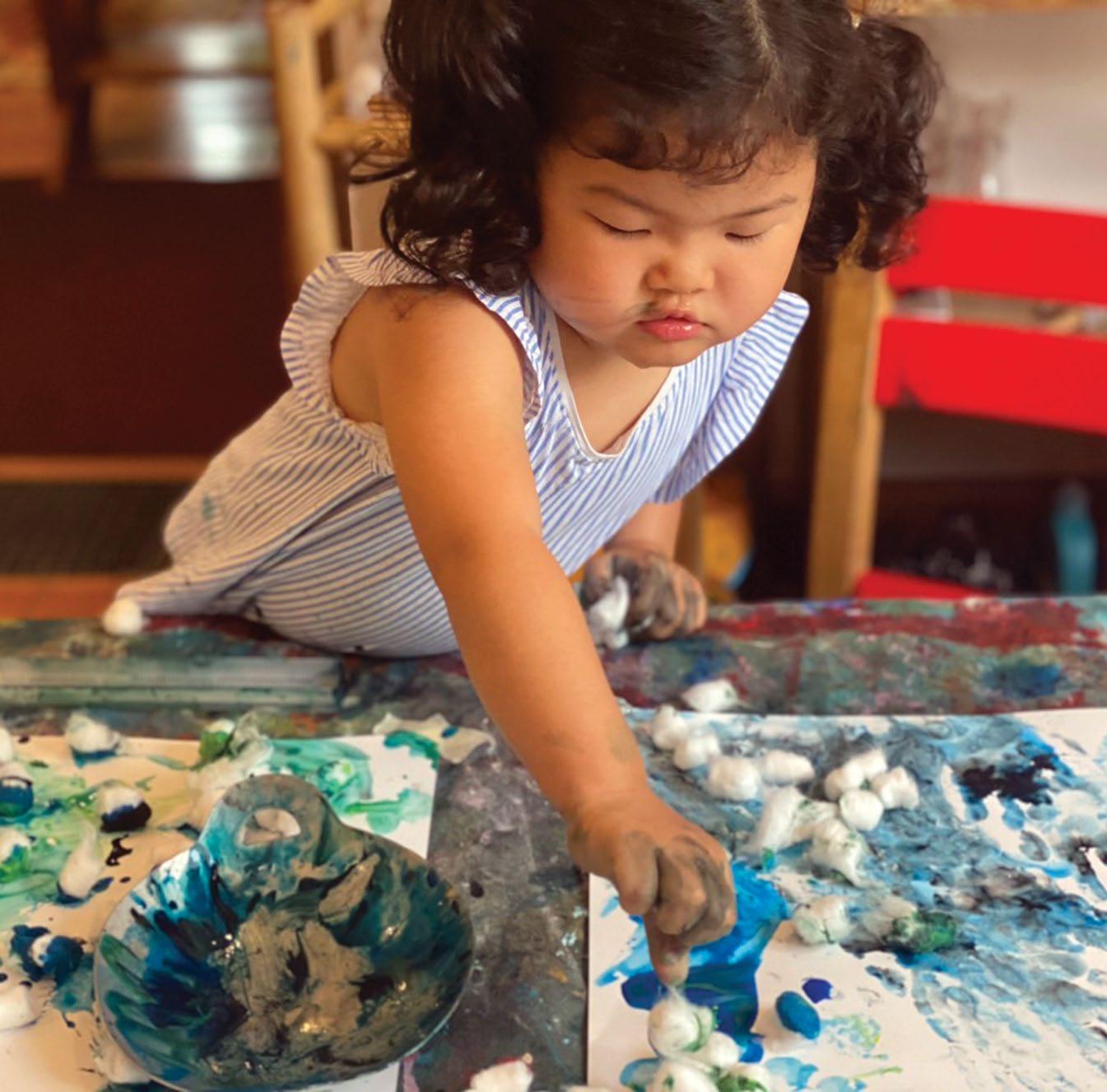
You have had opportunities to use a variety of tools and methods as you investigated paint deeply. Our paint explorations have been ongoing throughout this whole year and I’m sure will continue long into the future.

